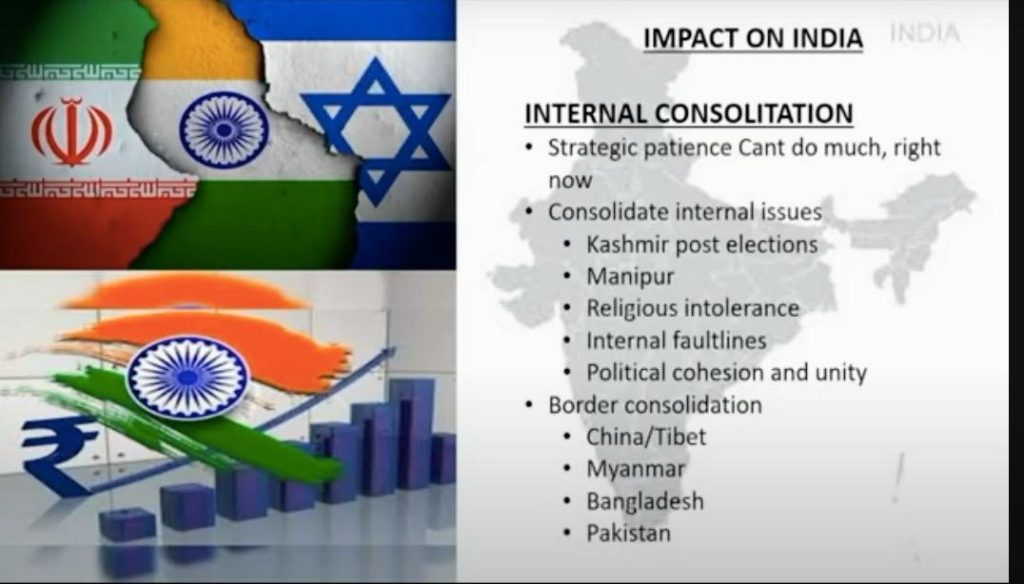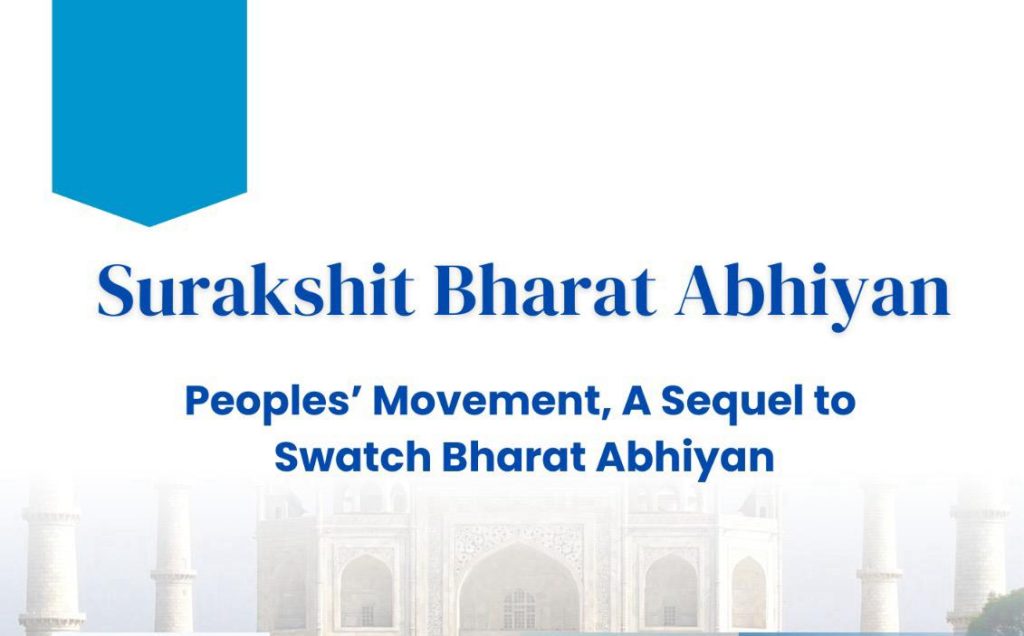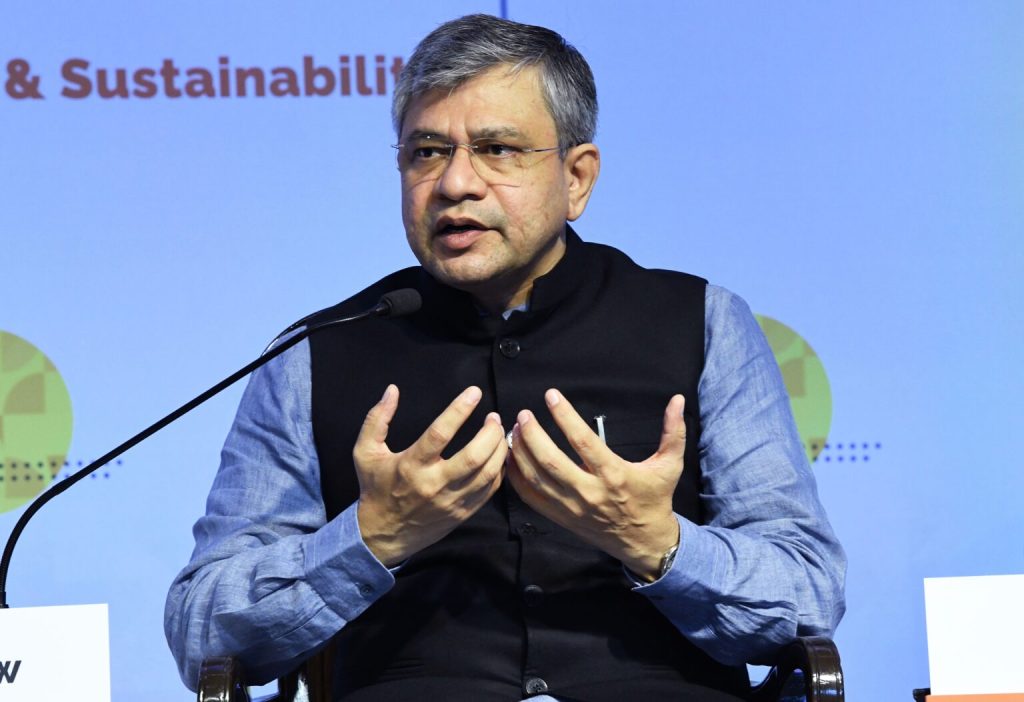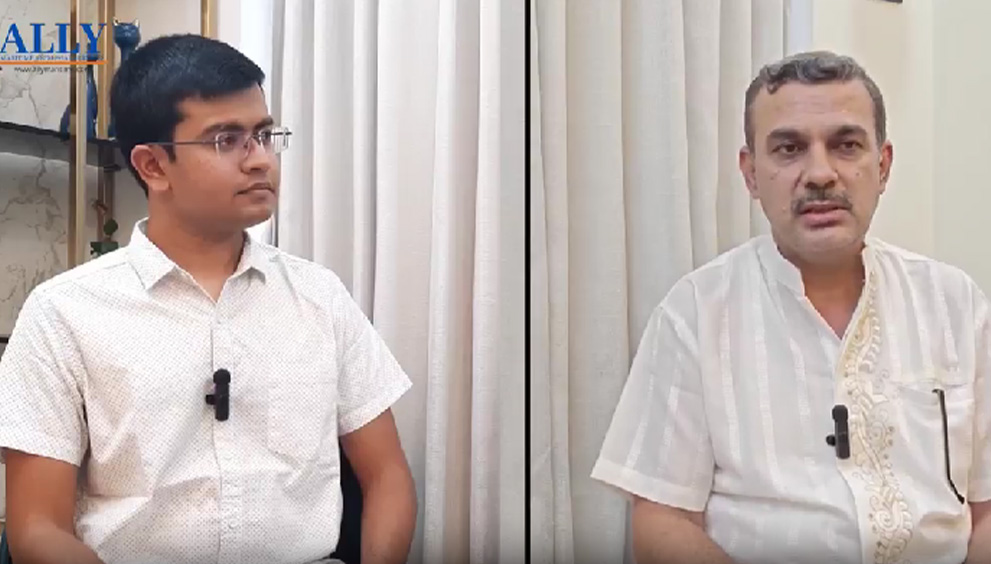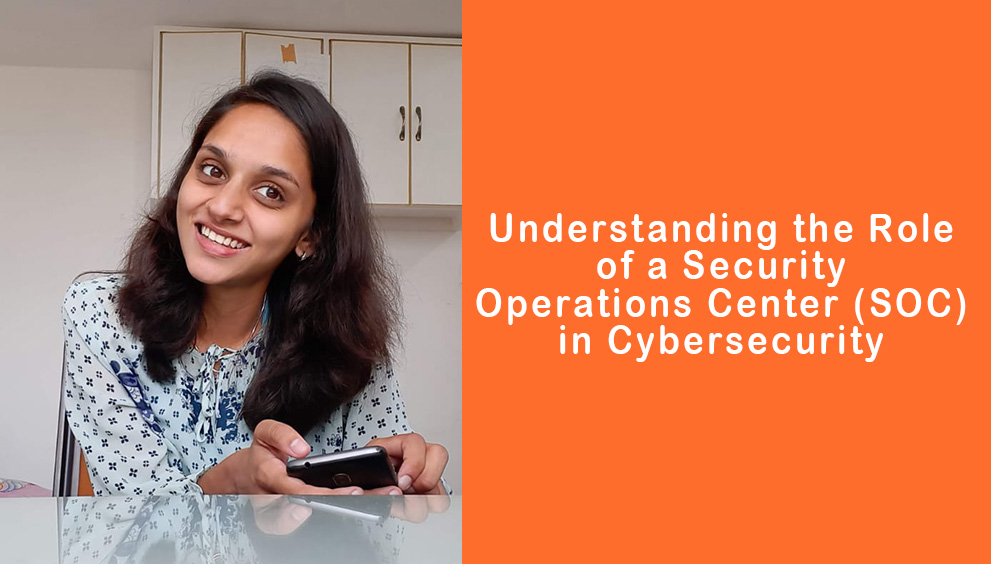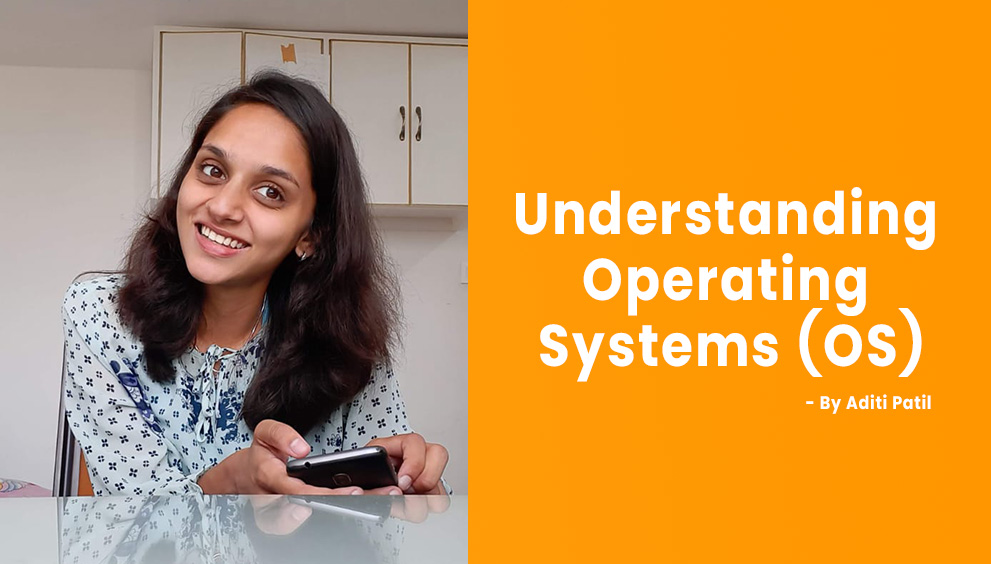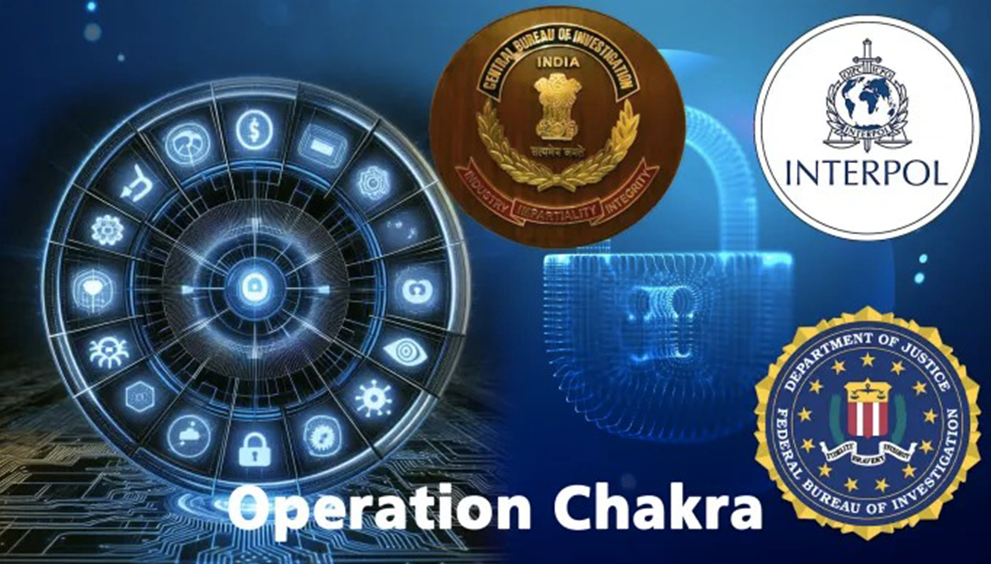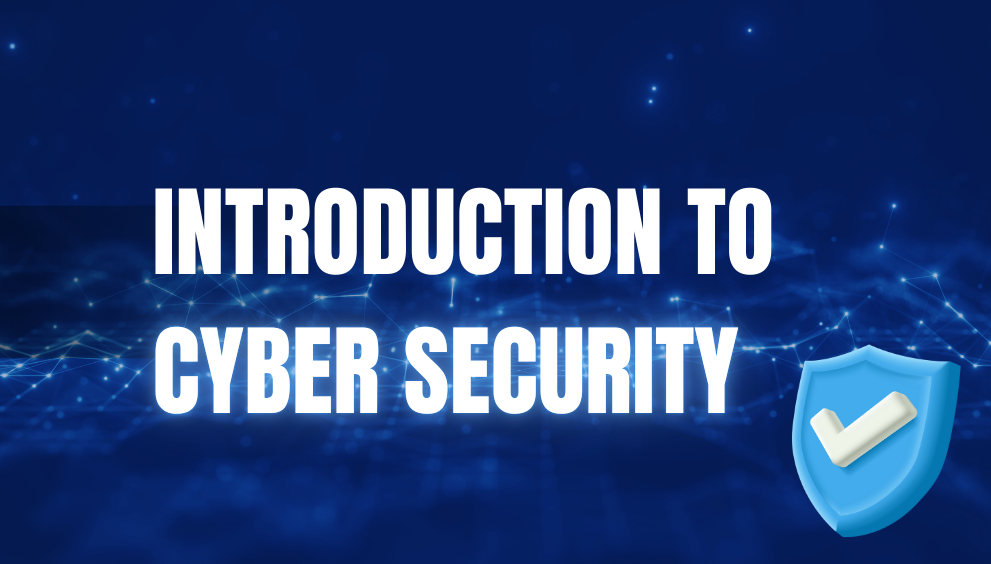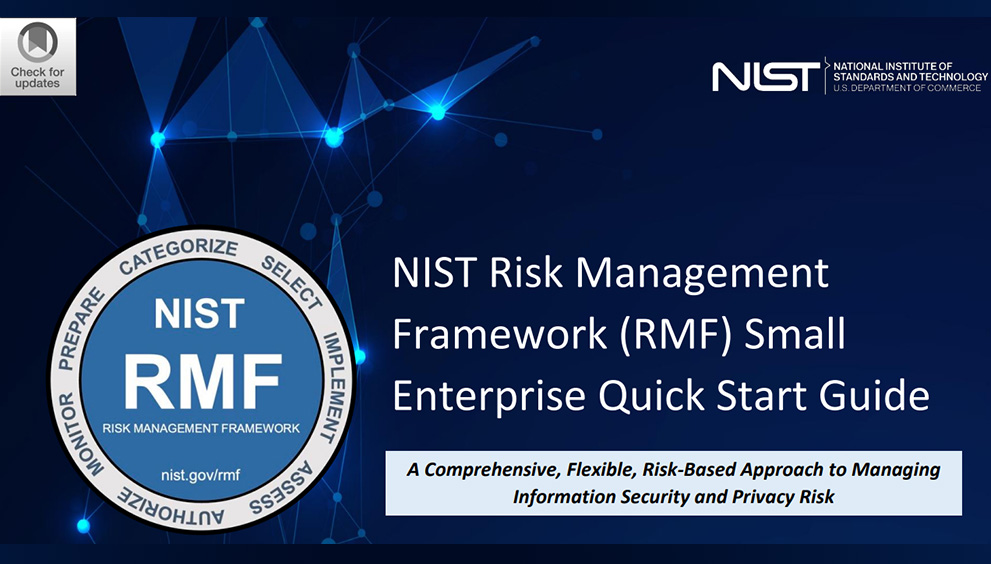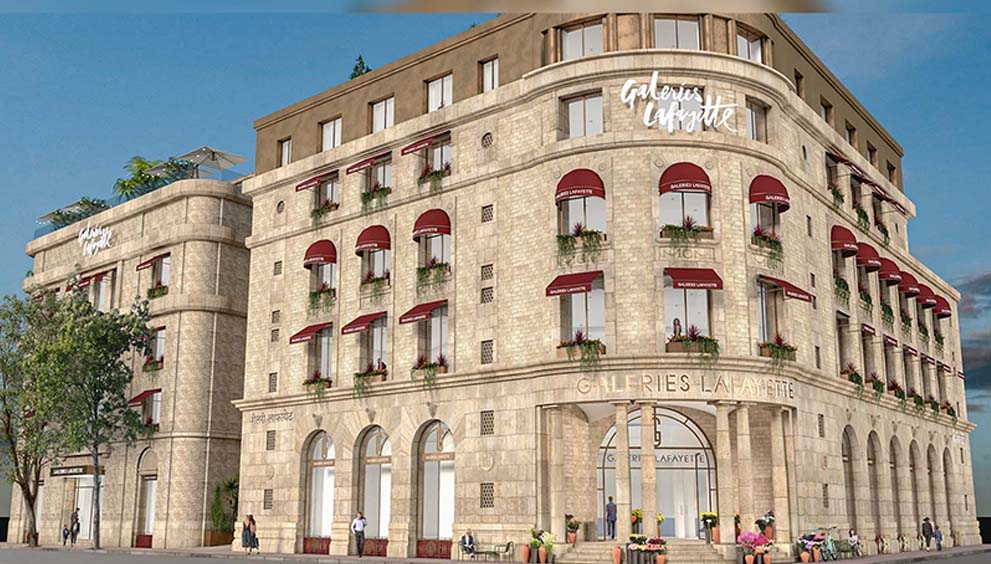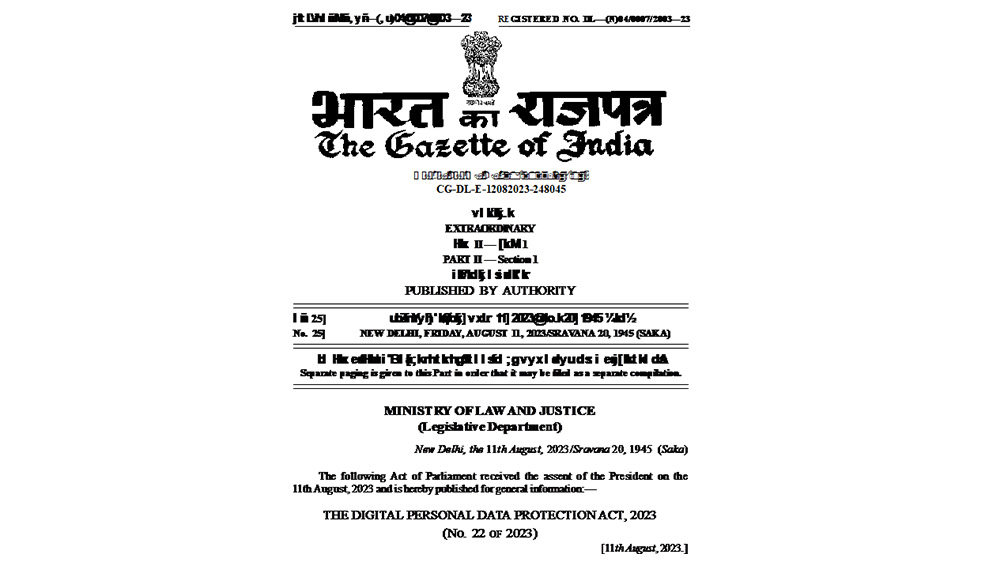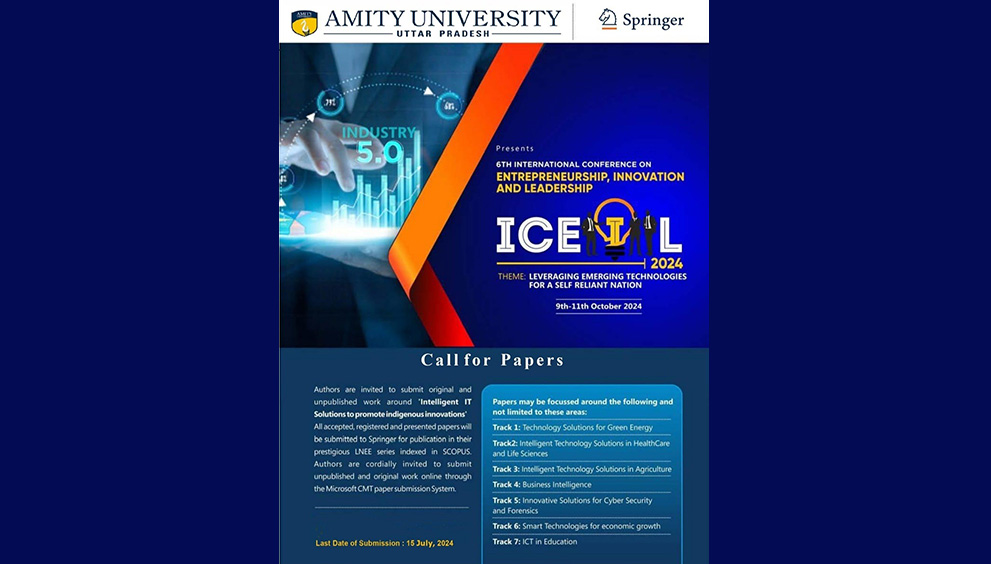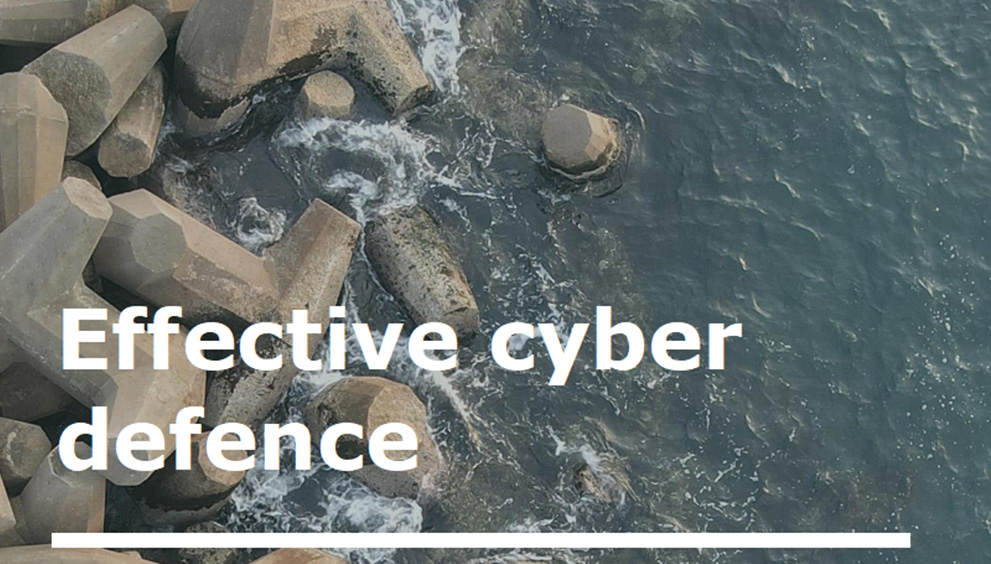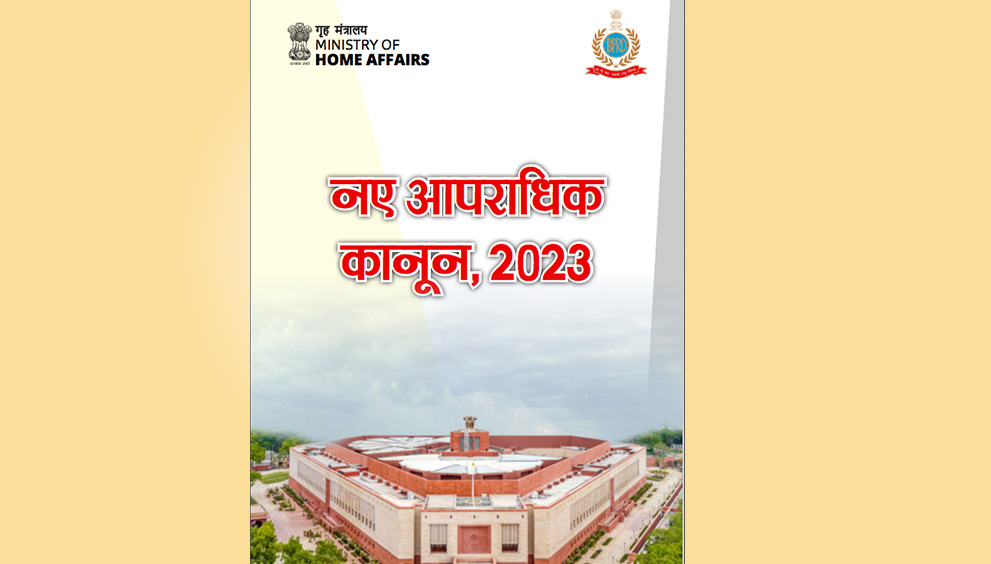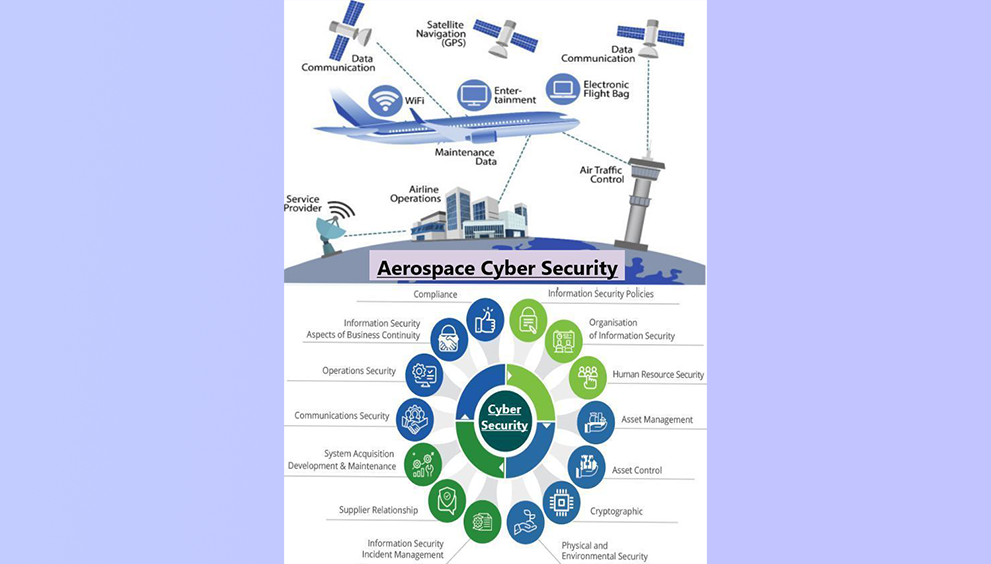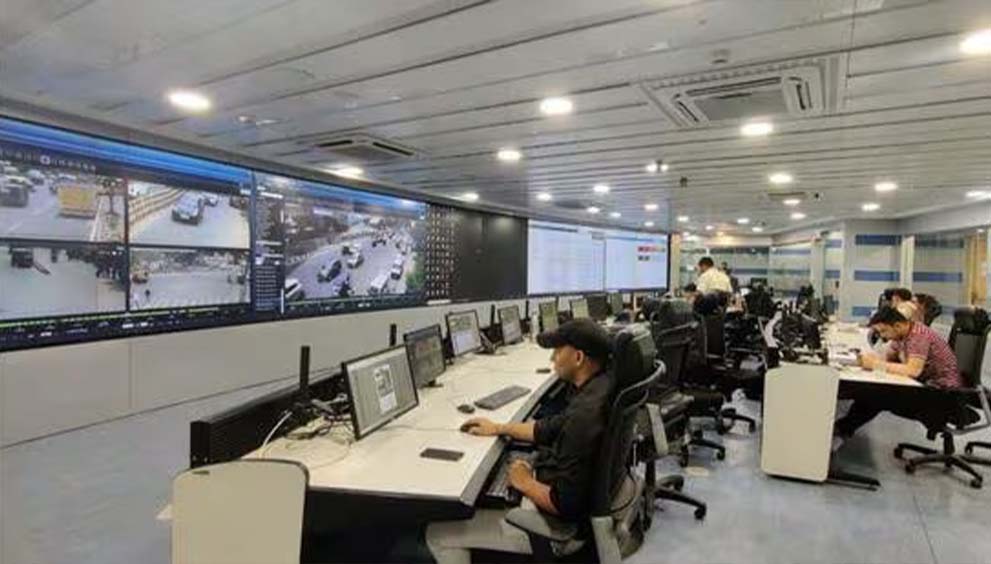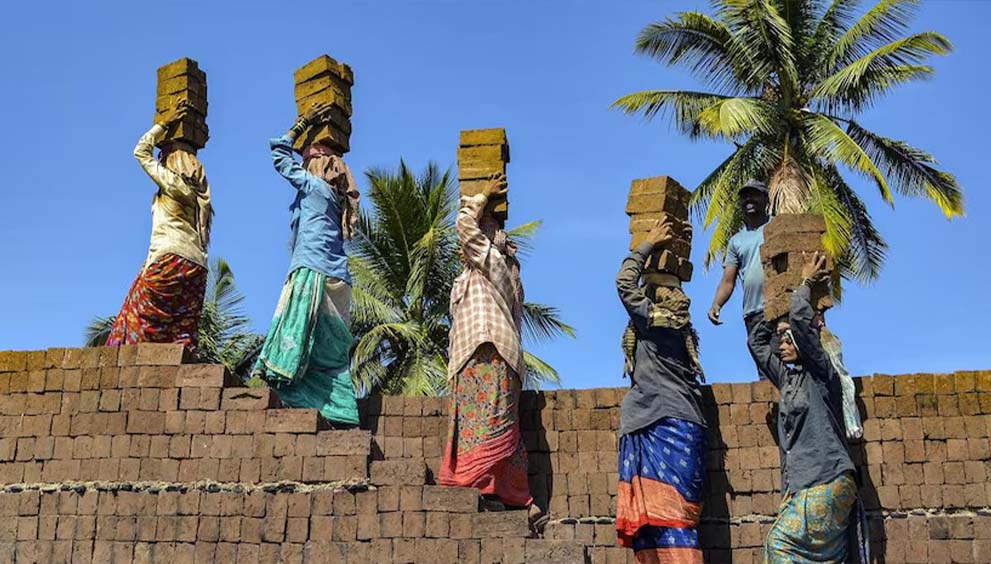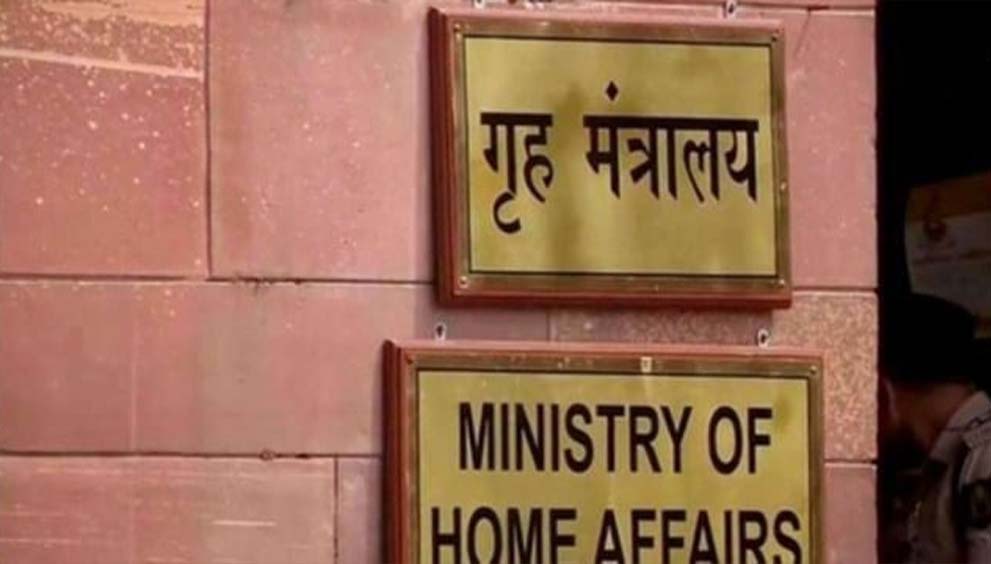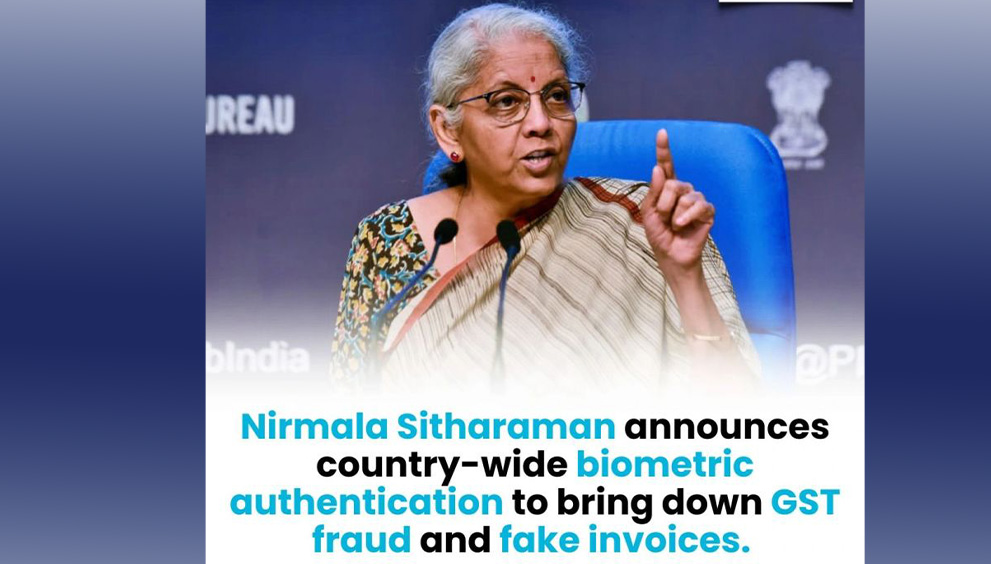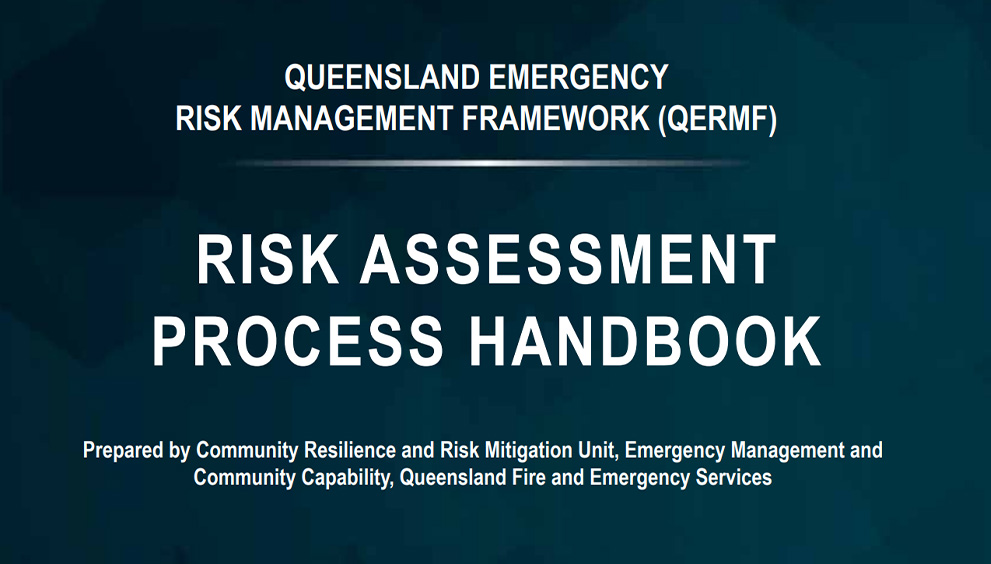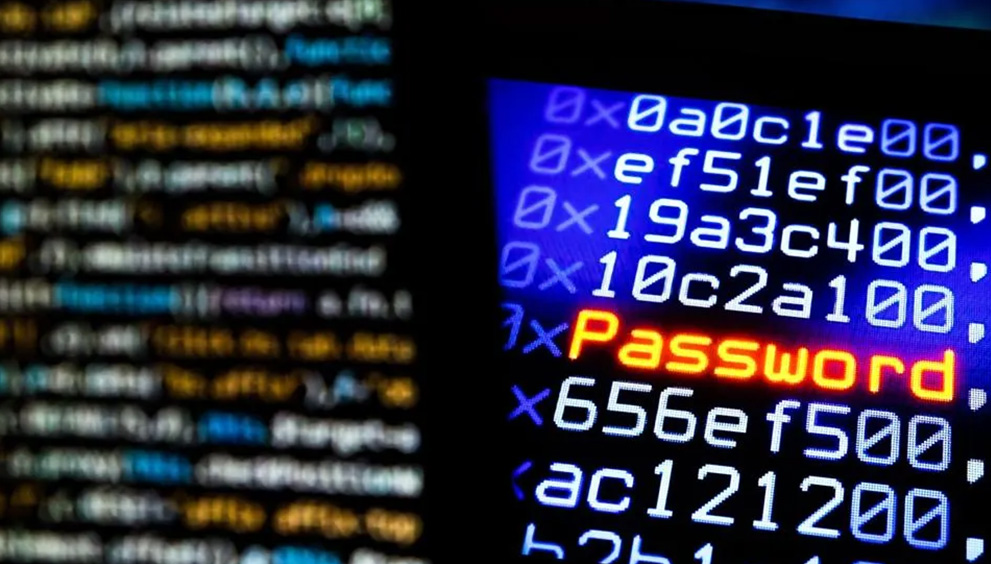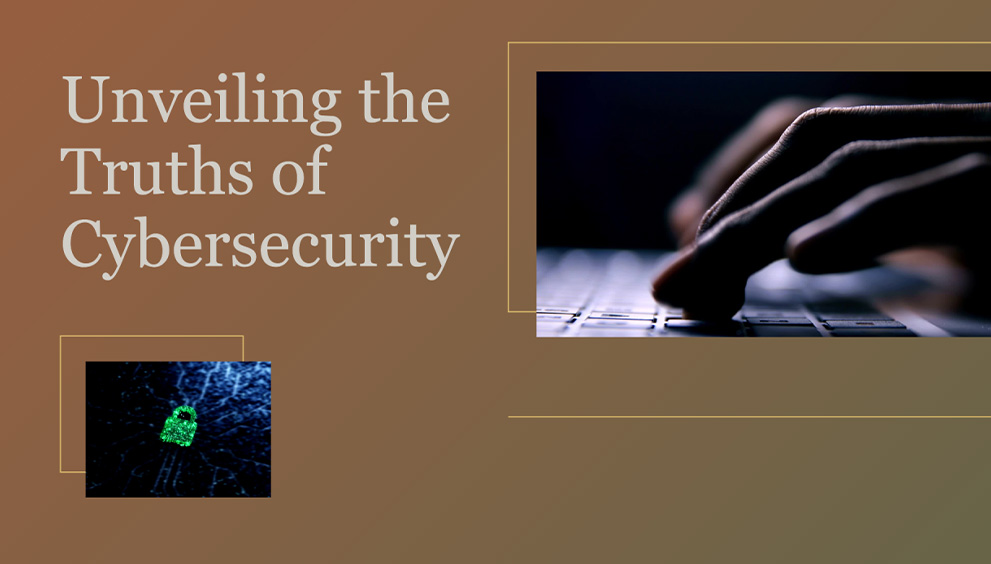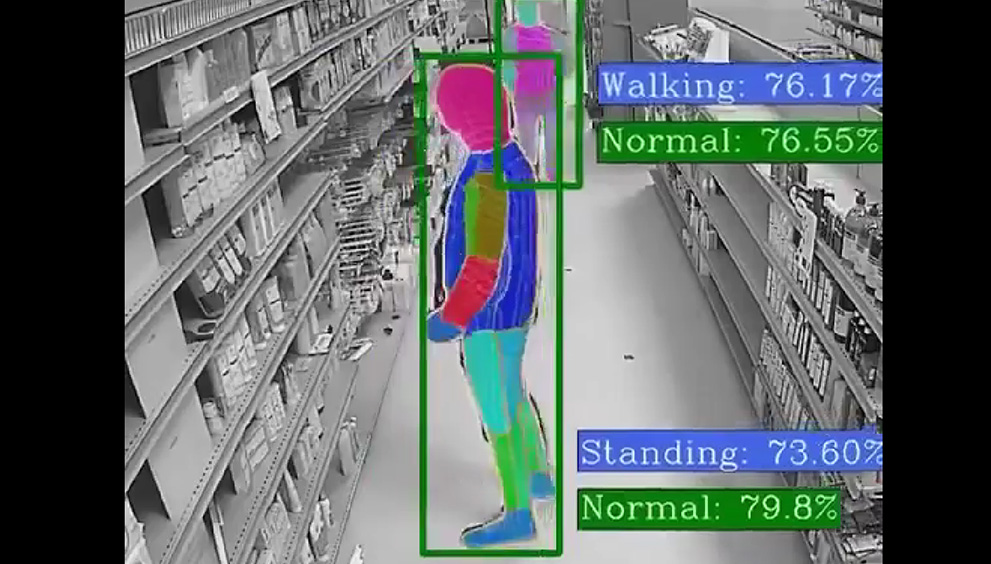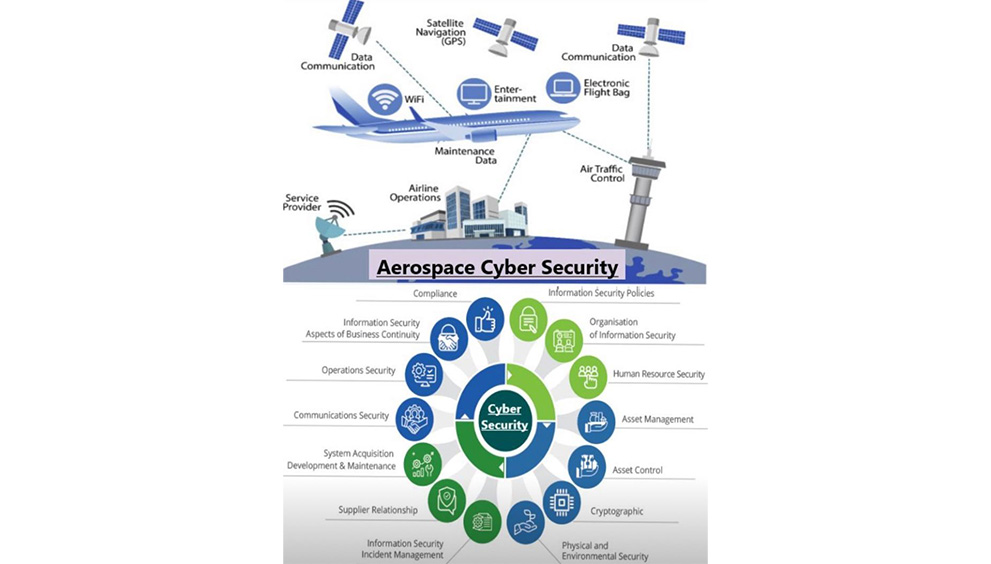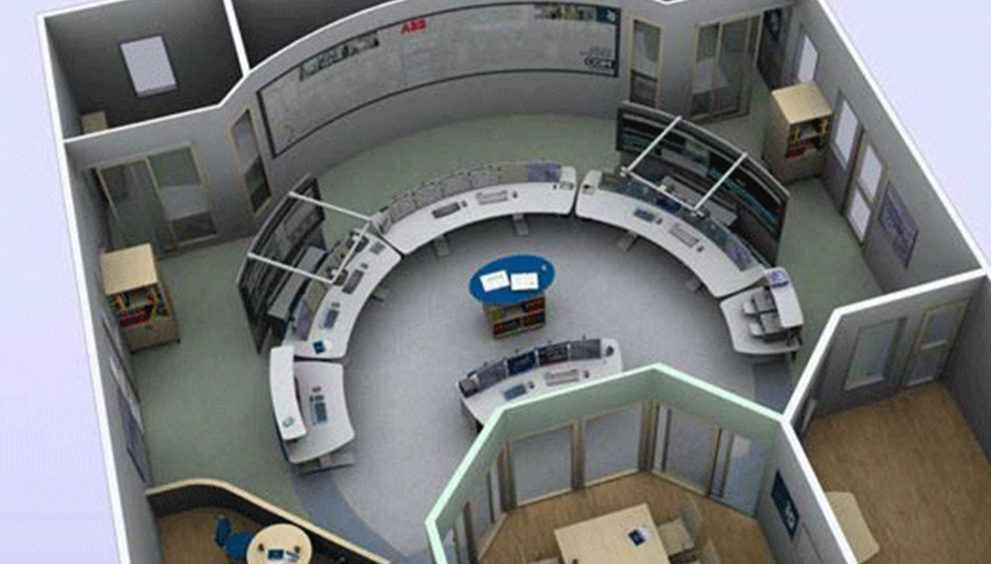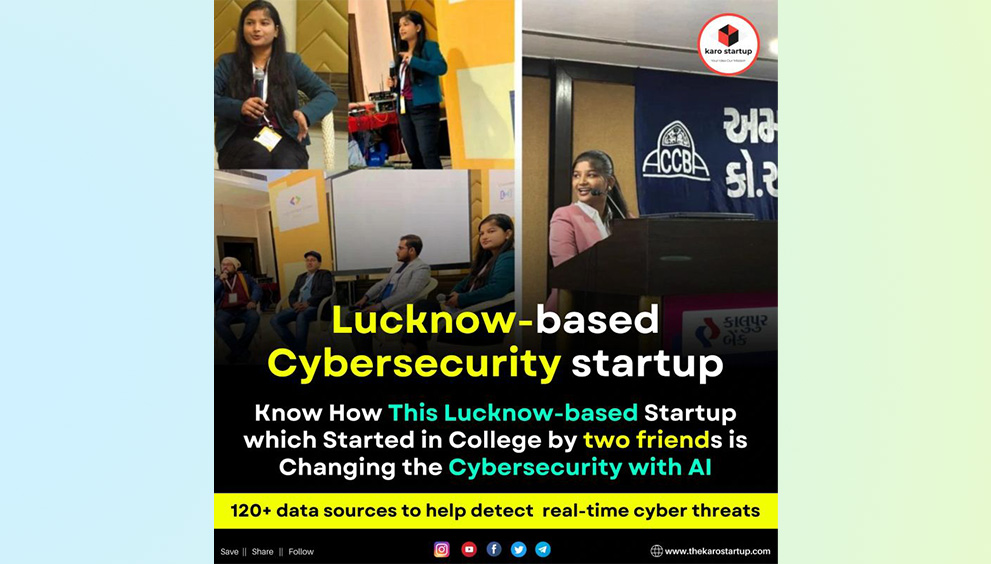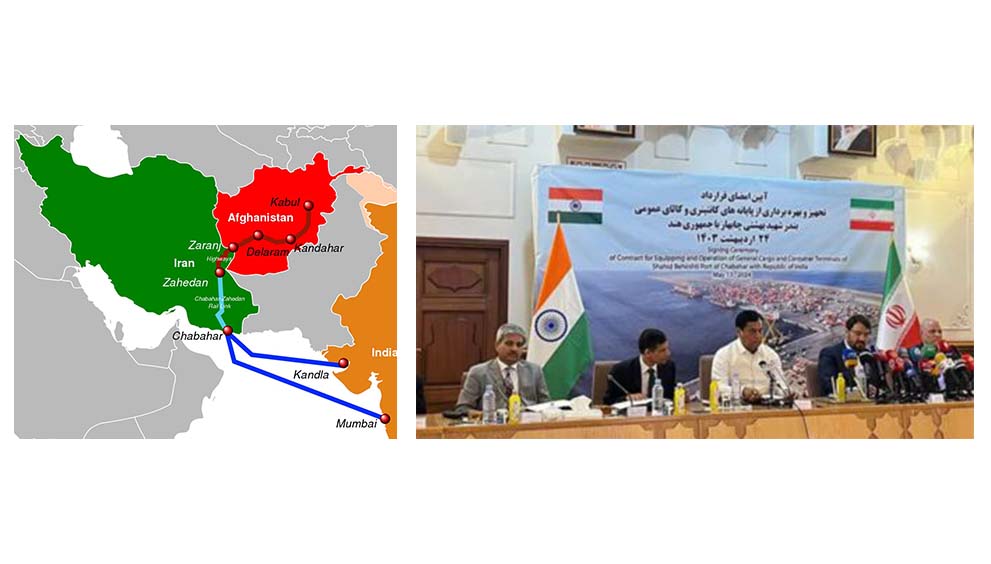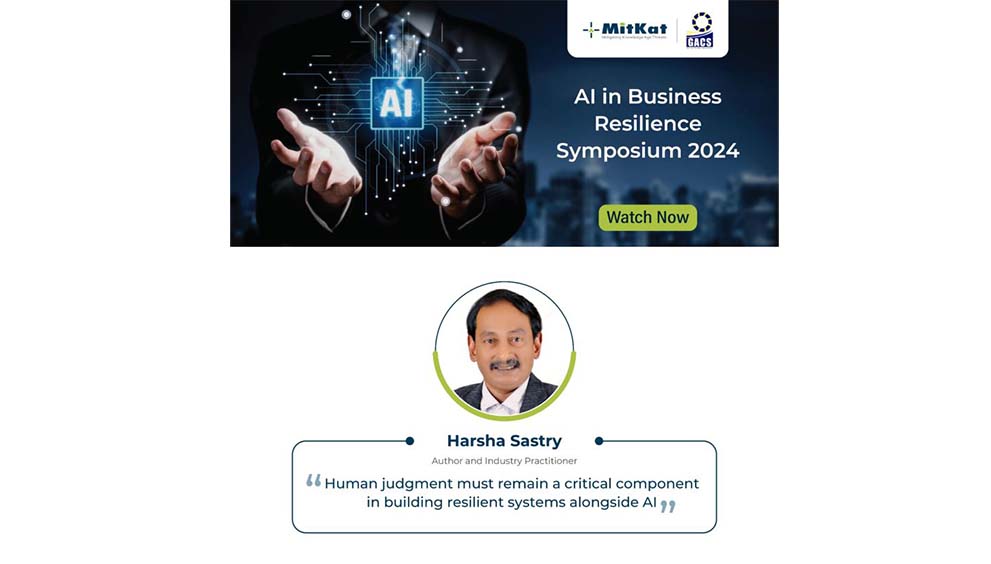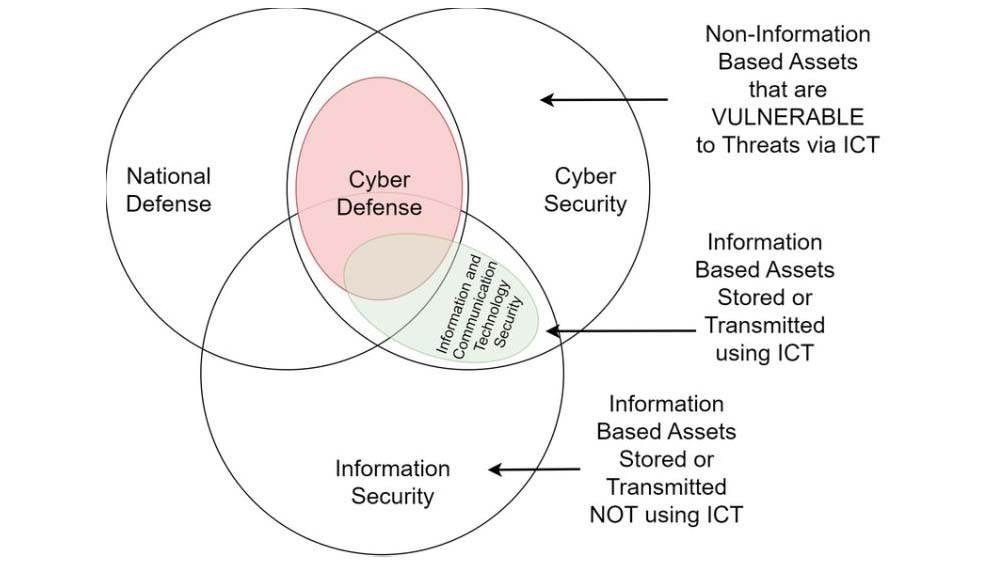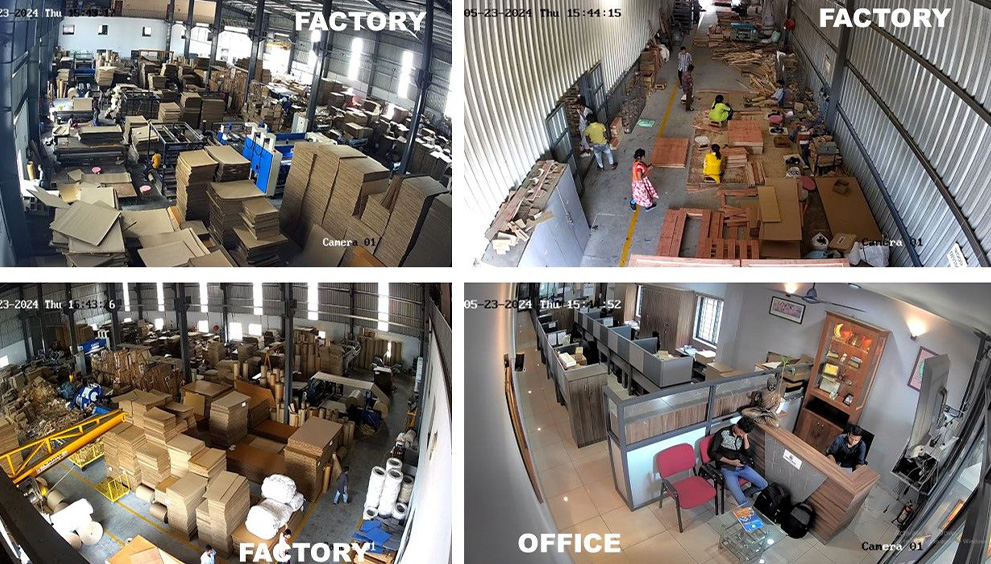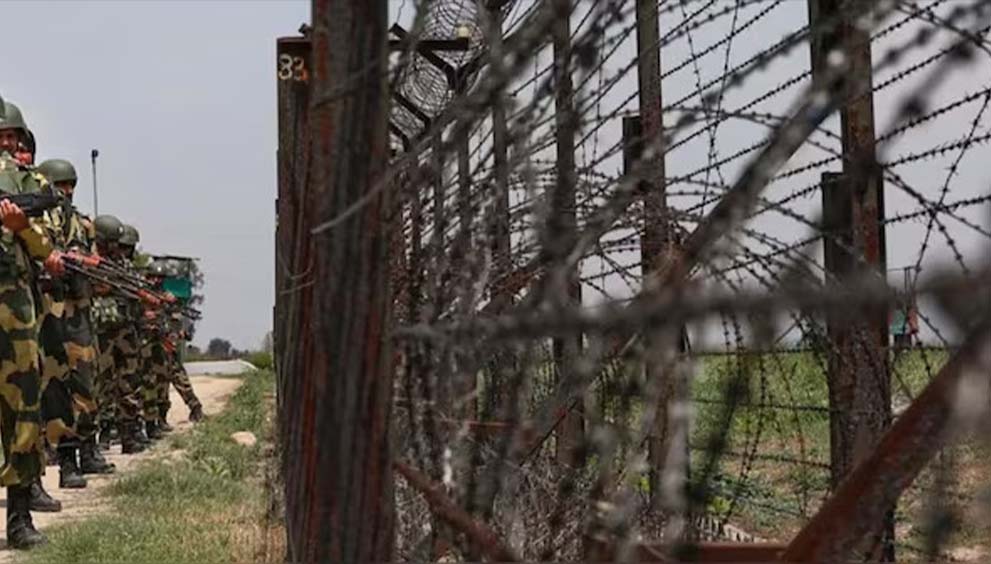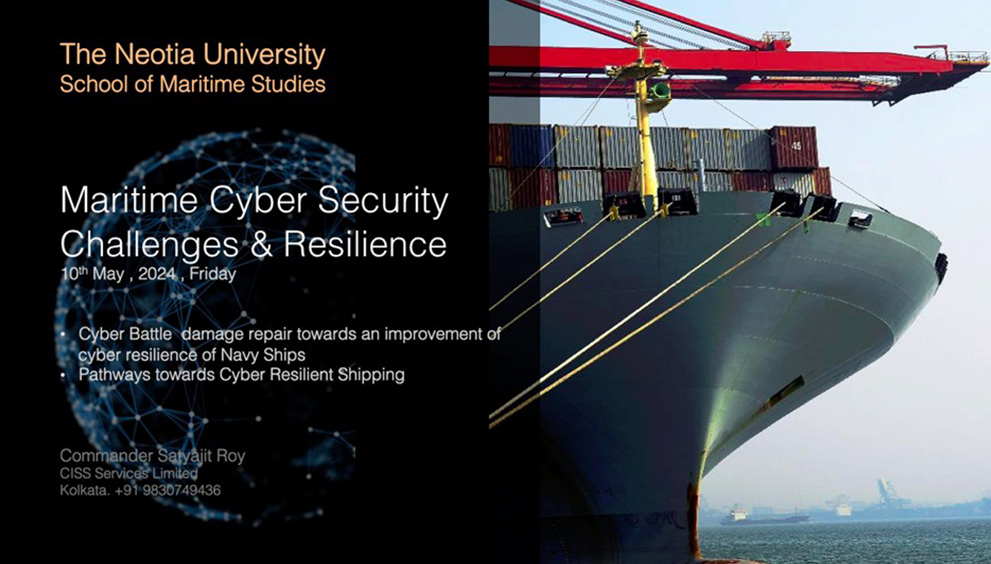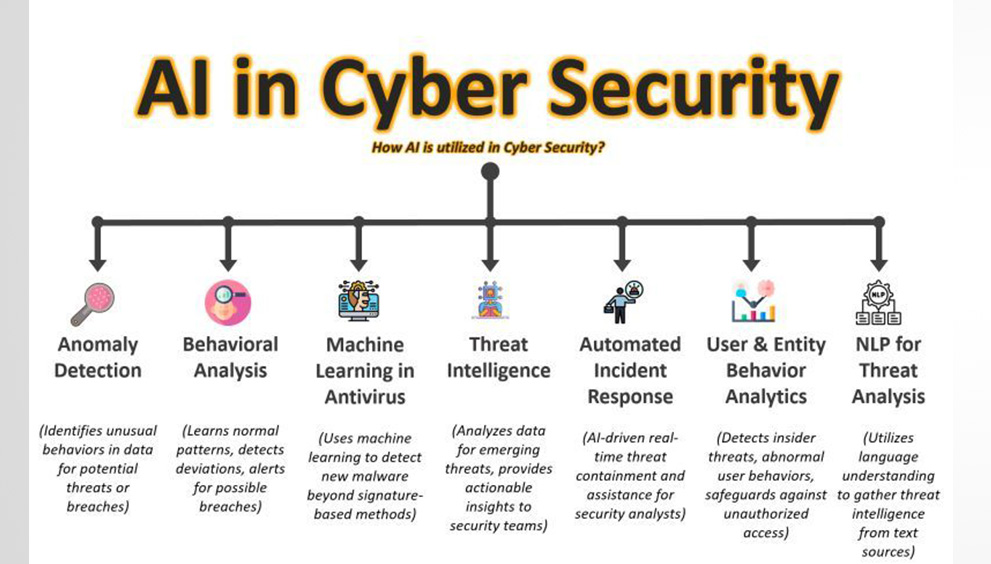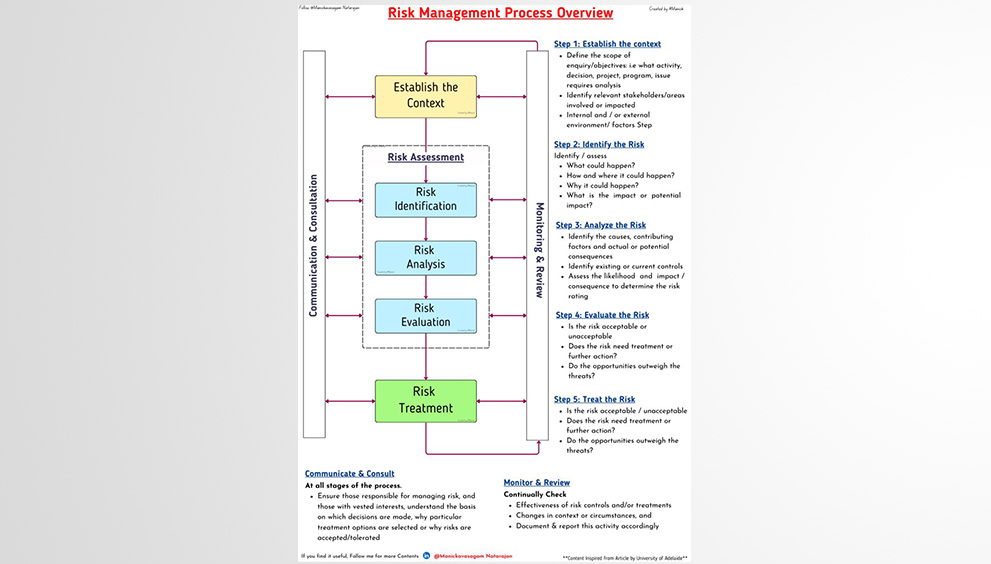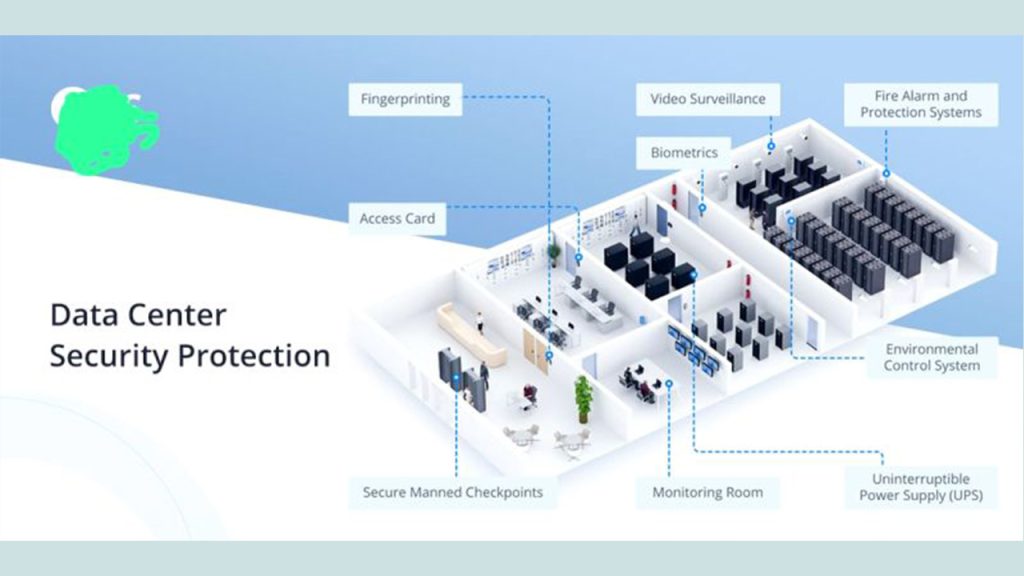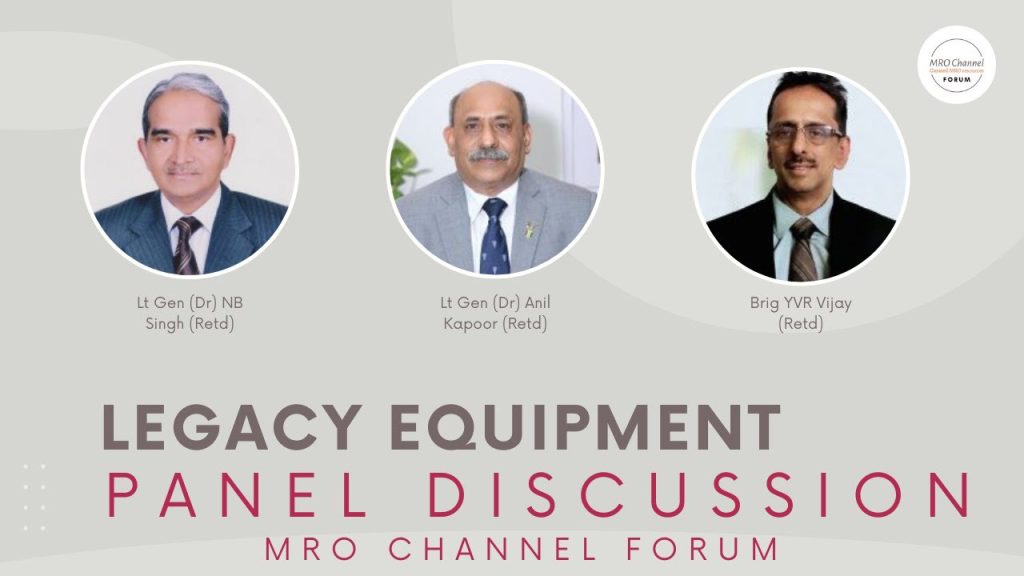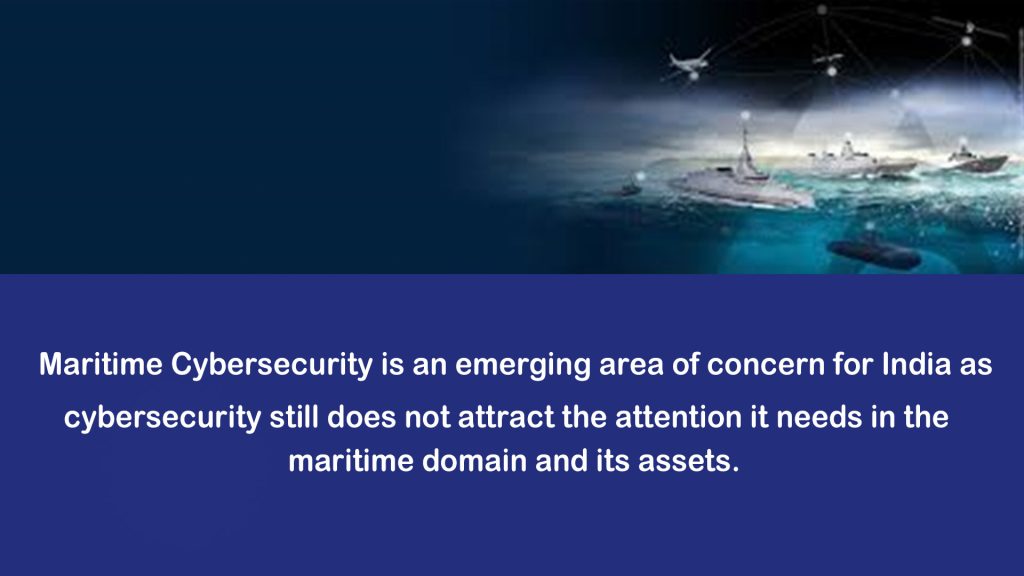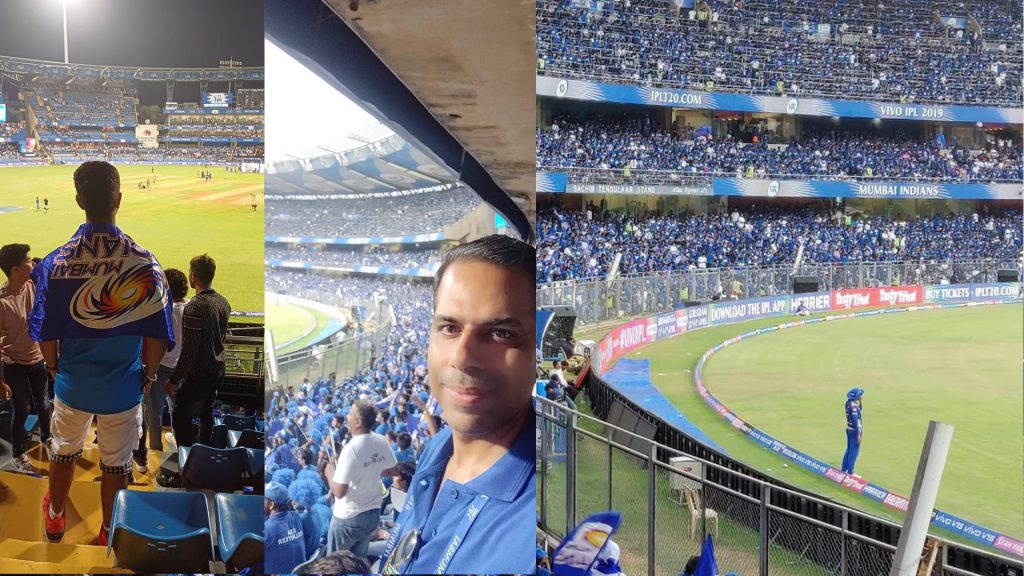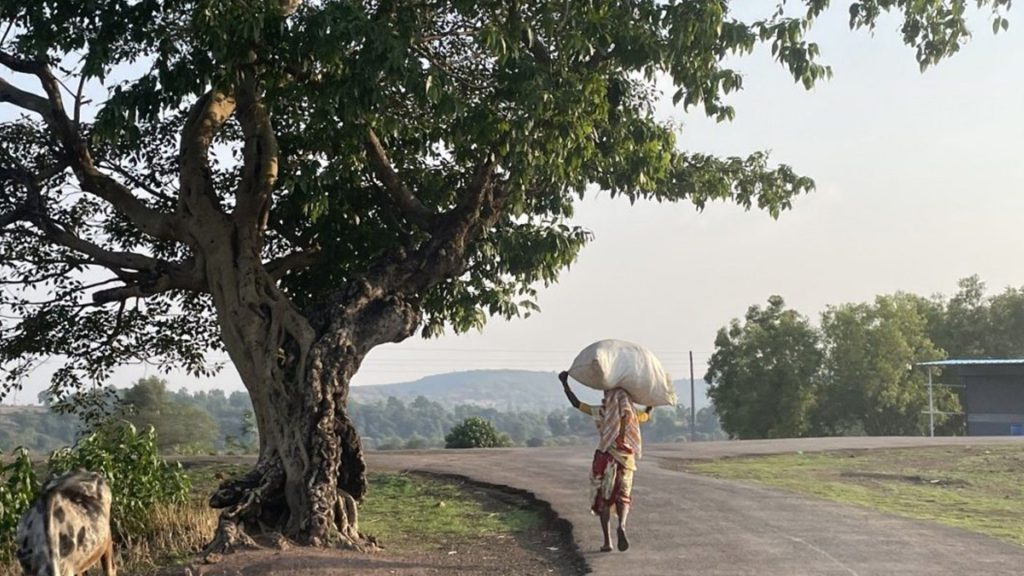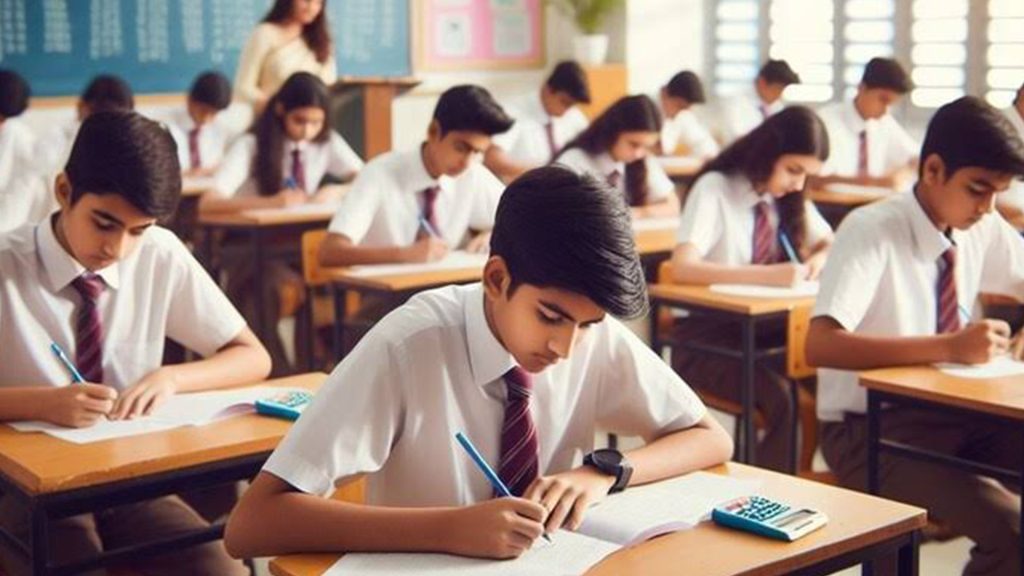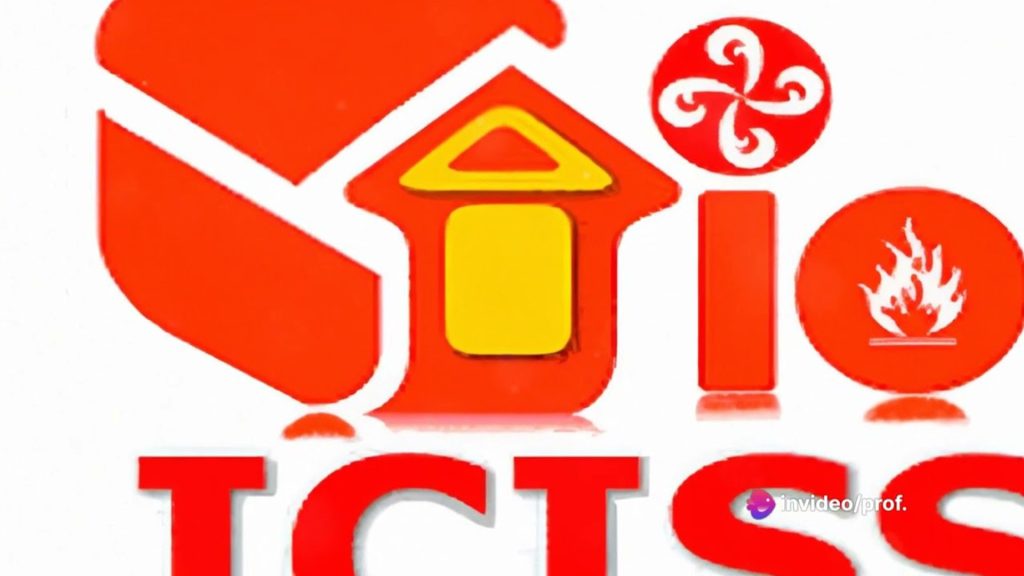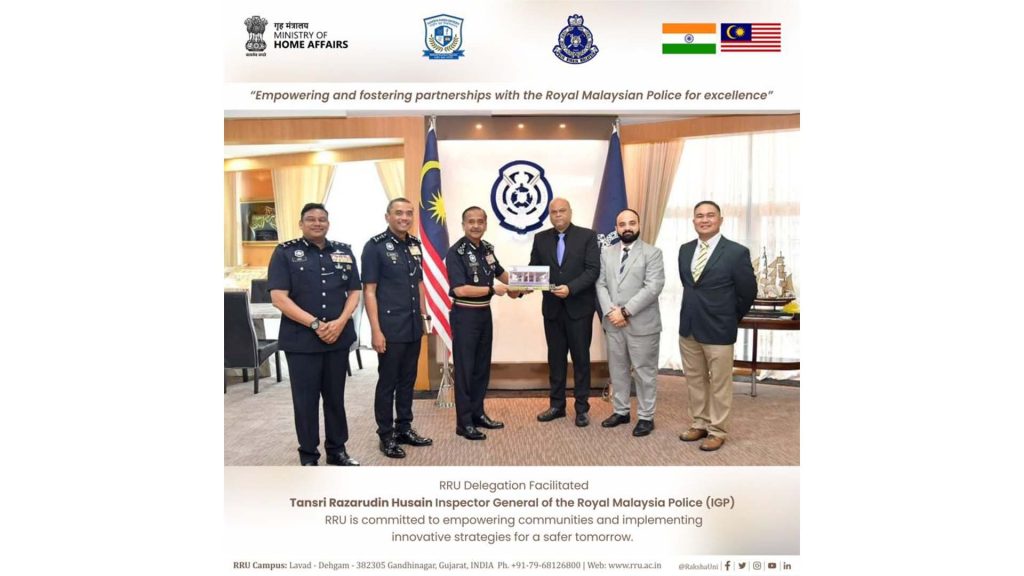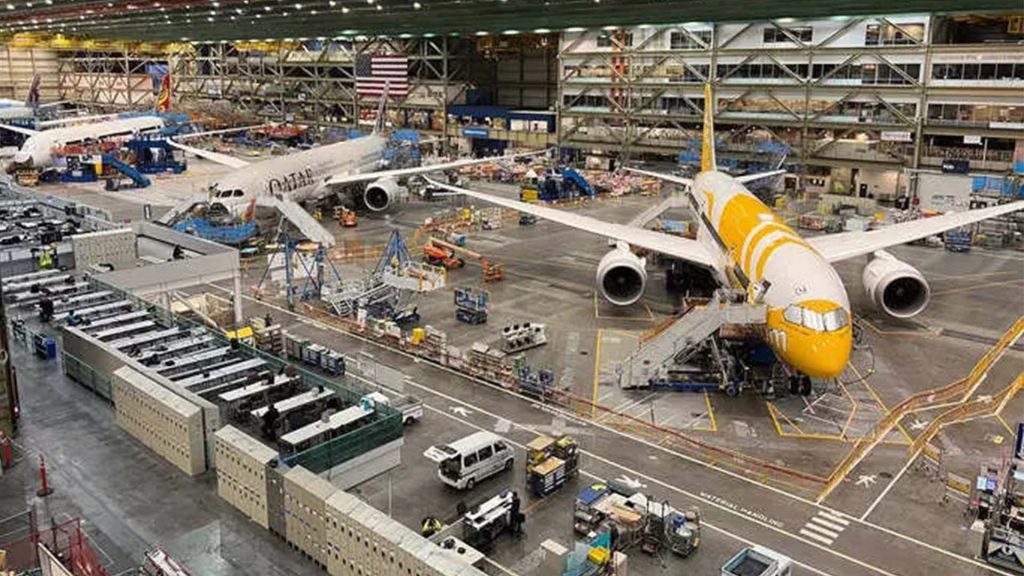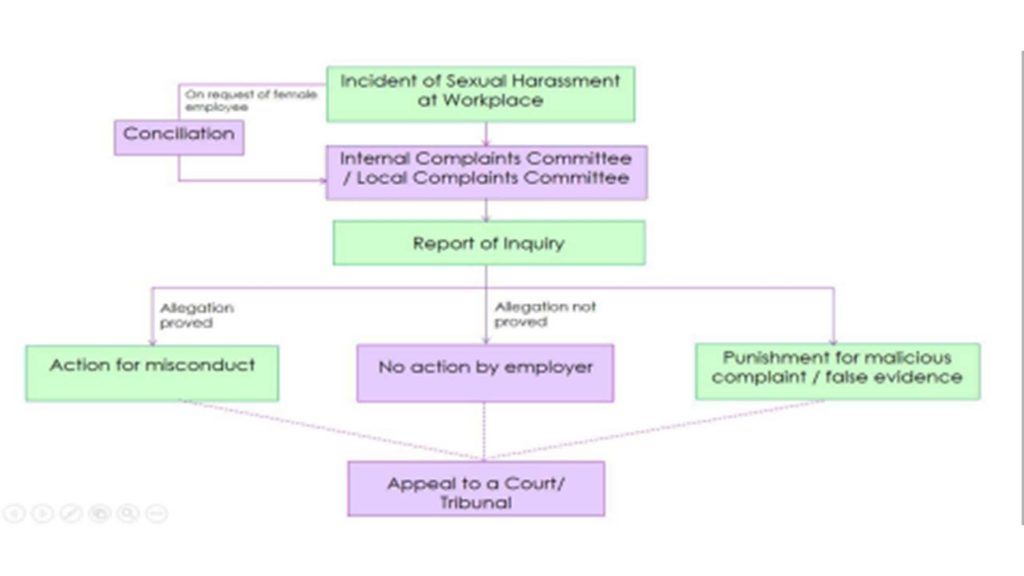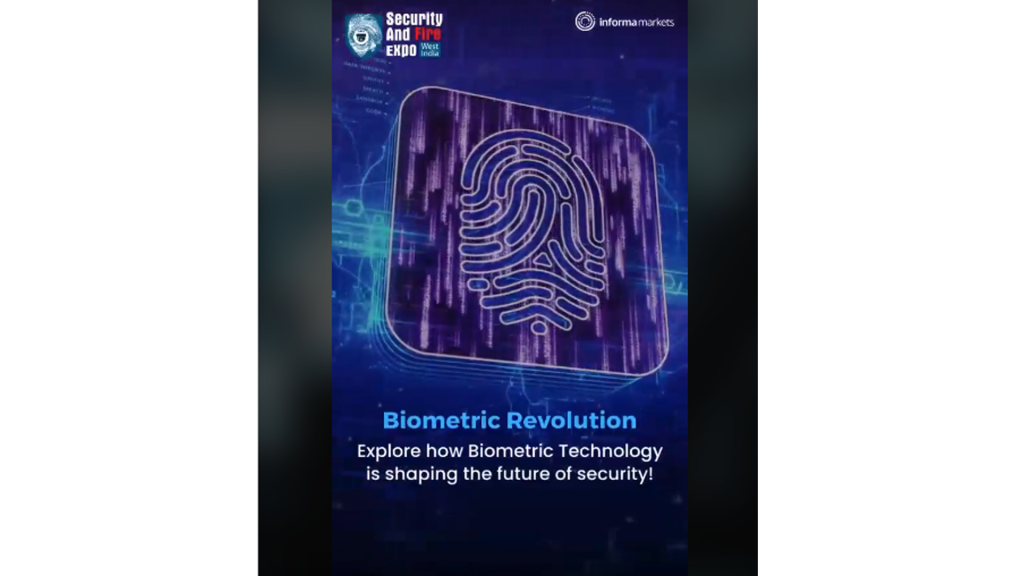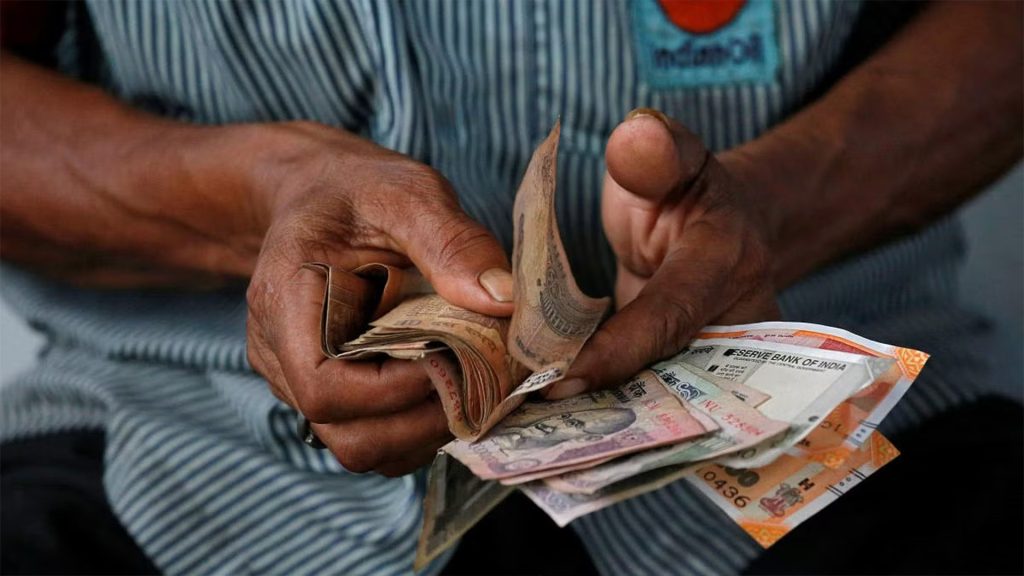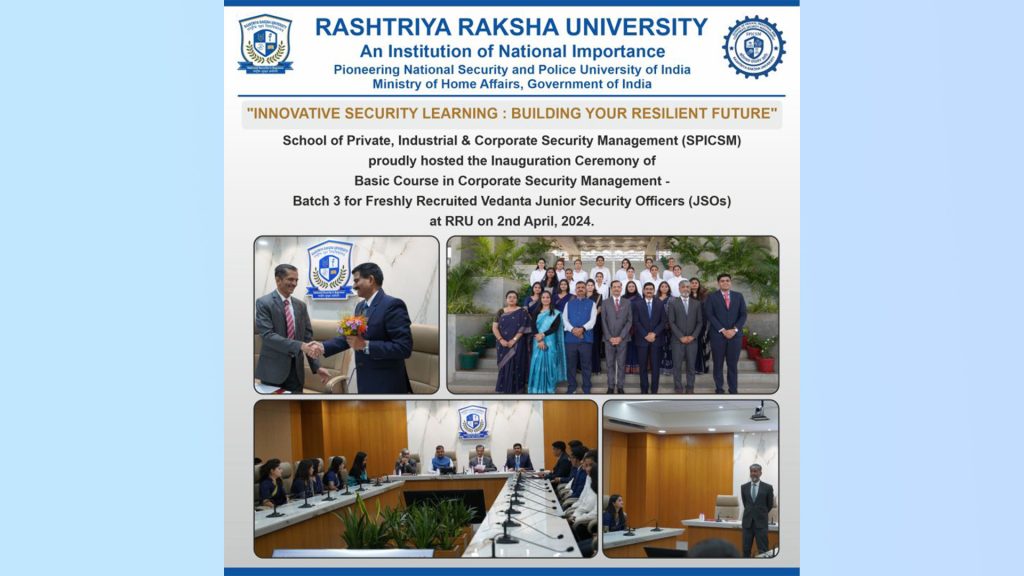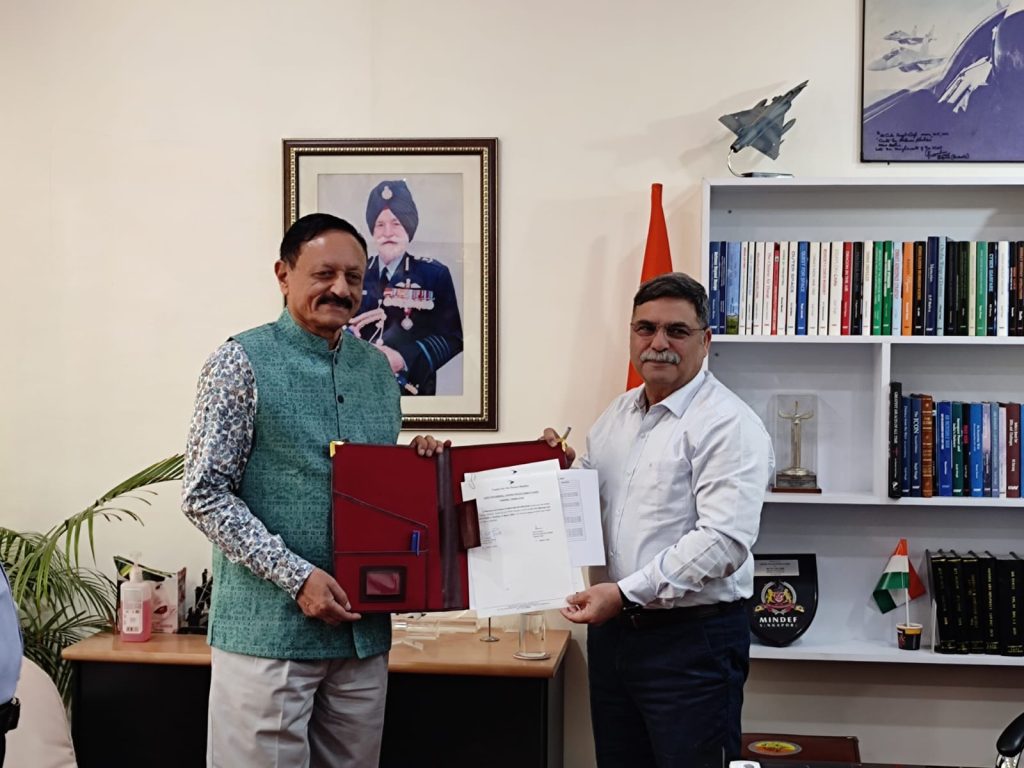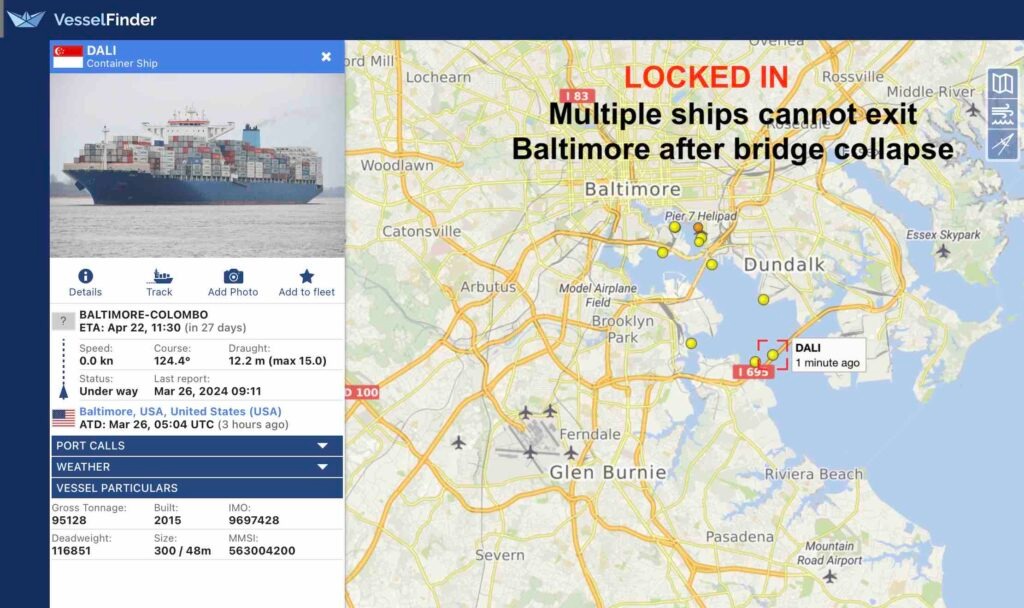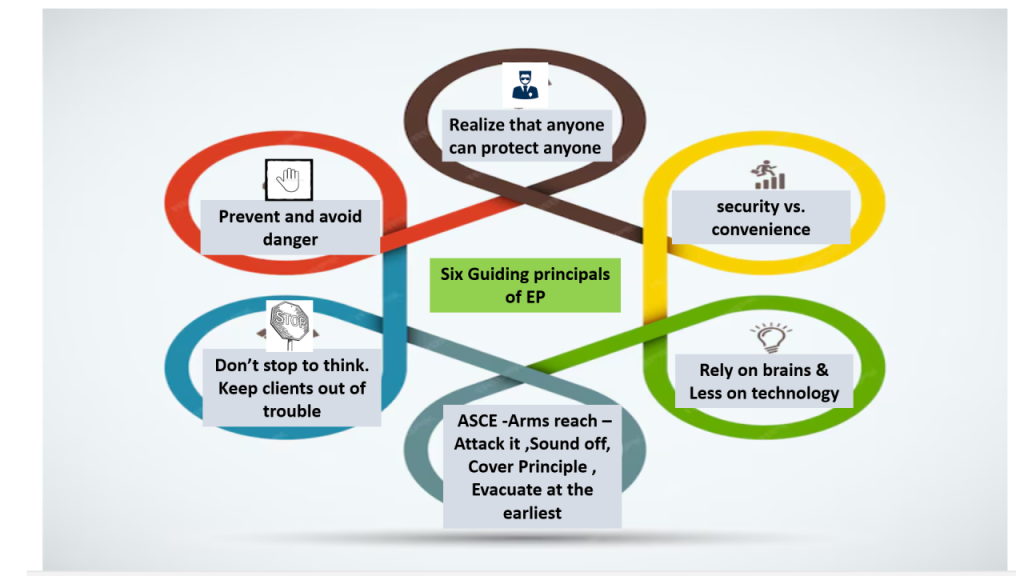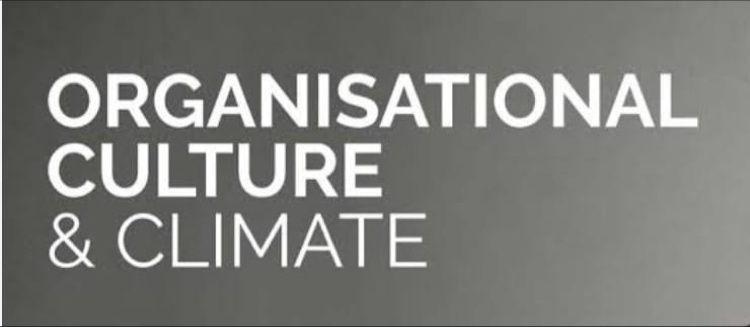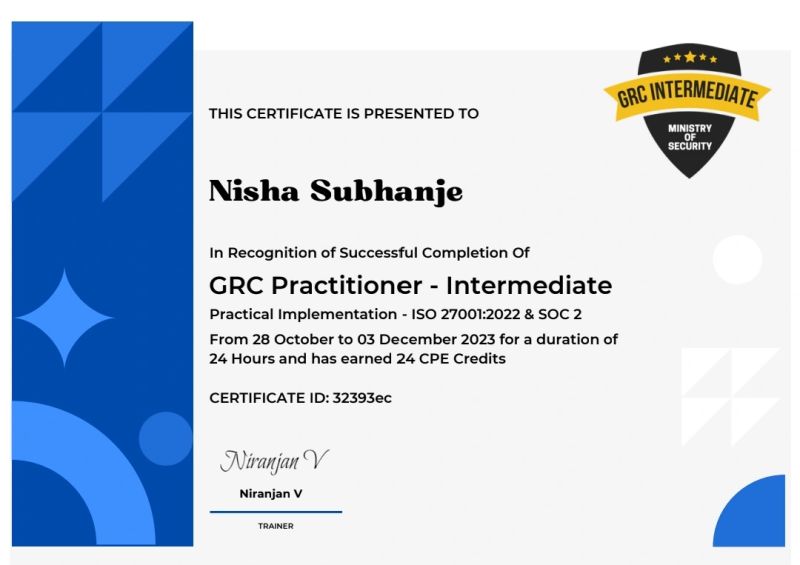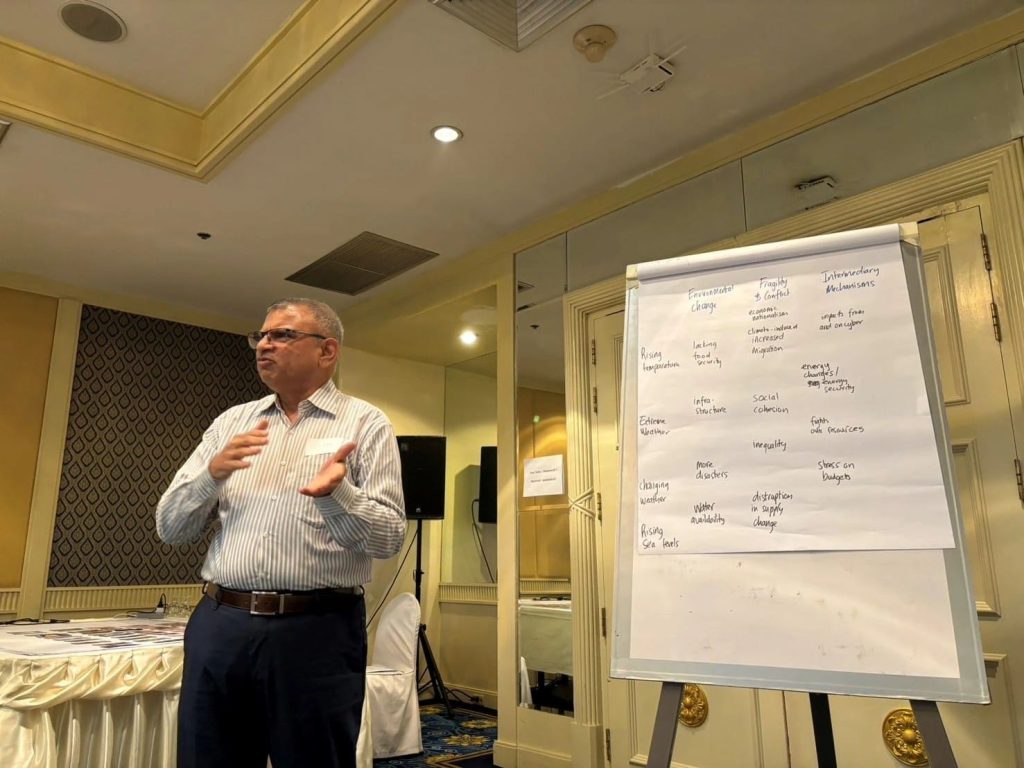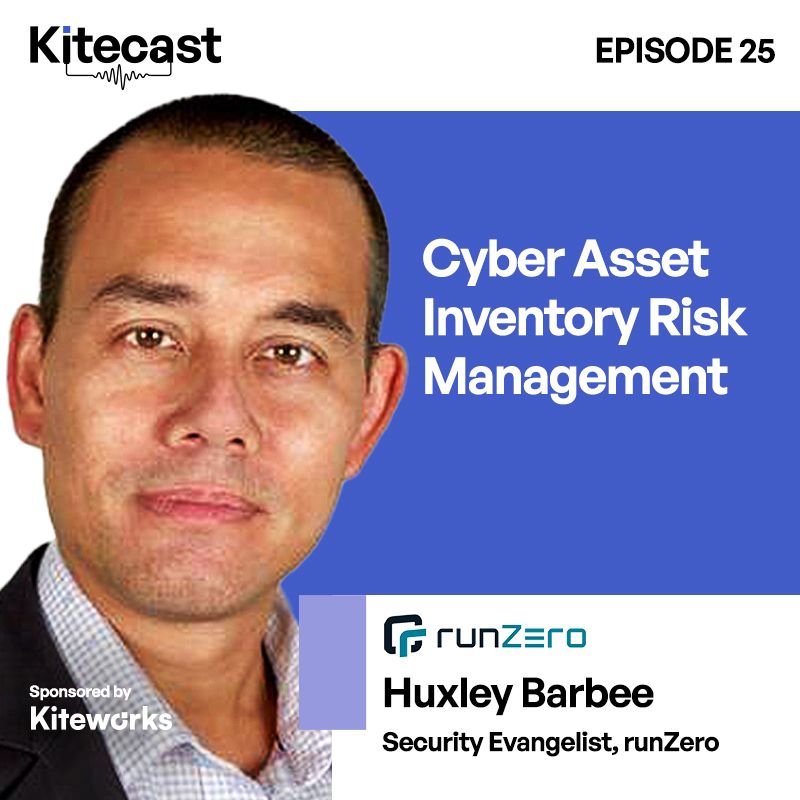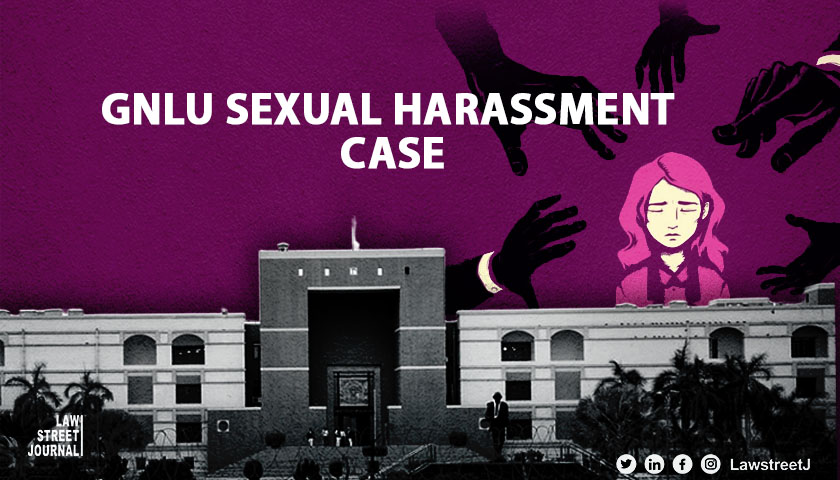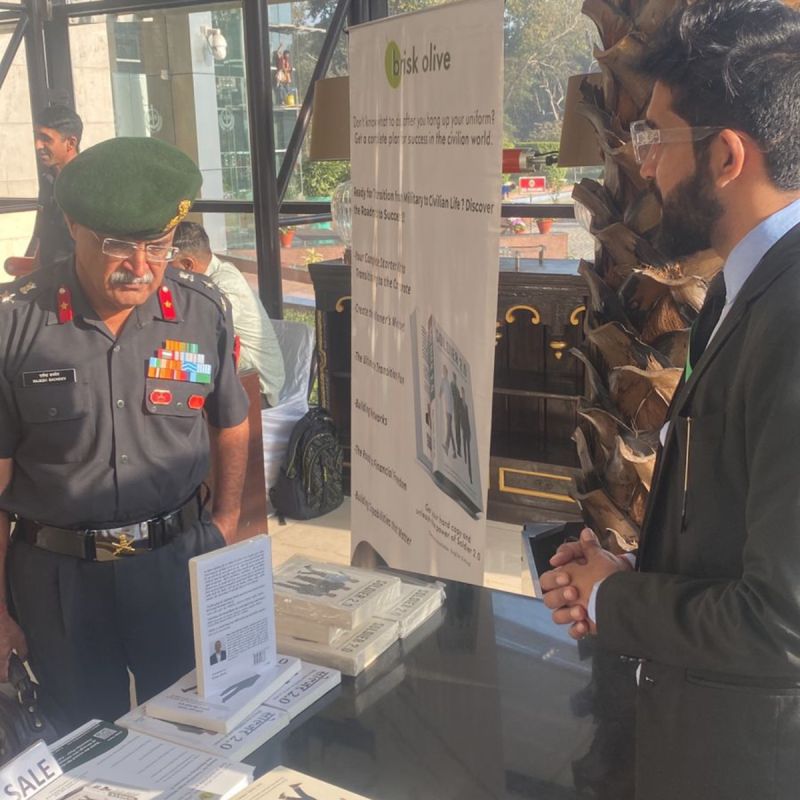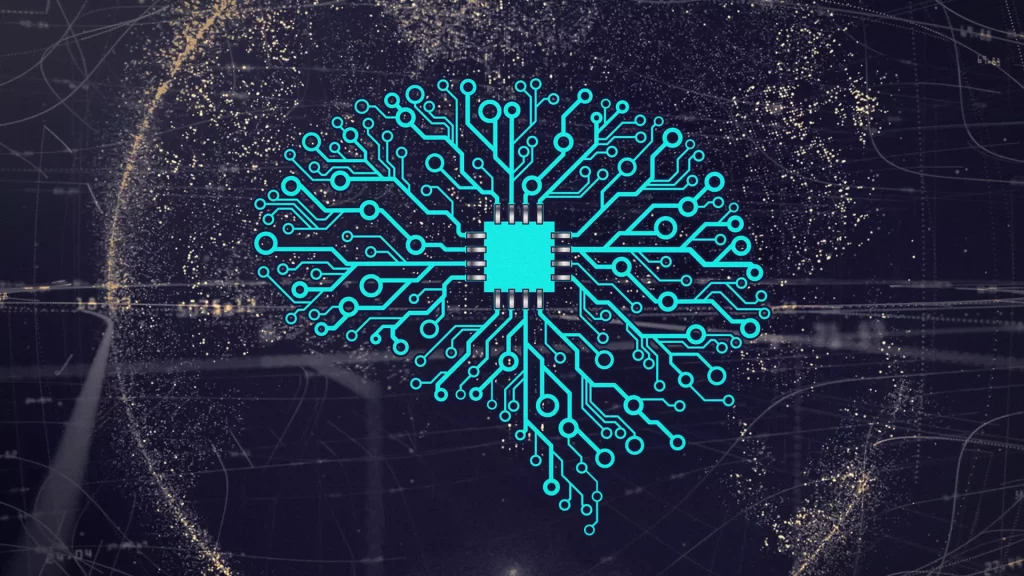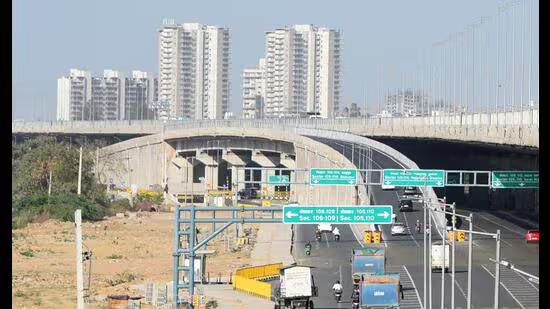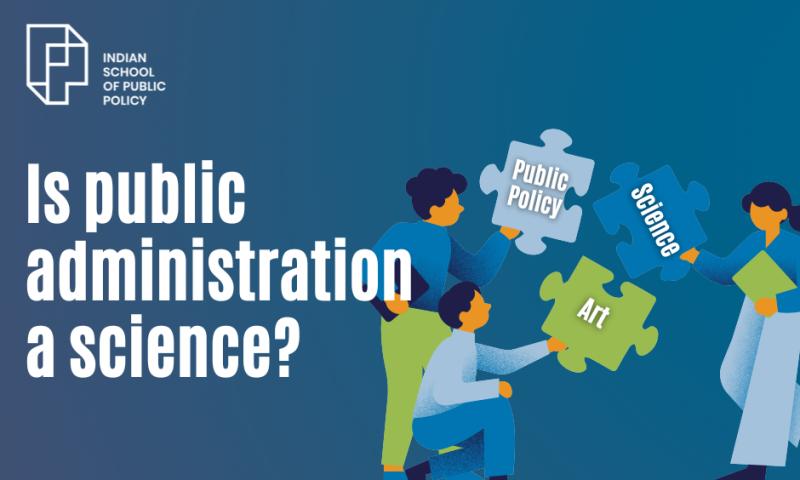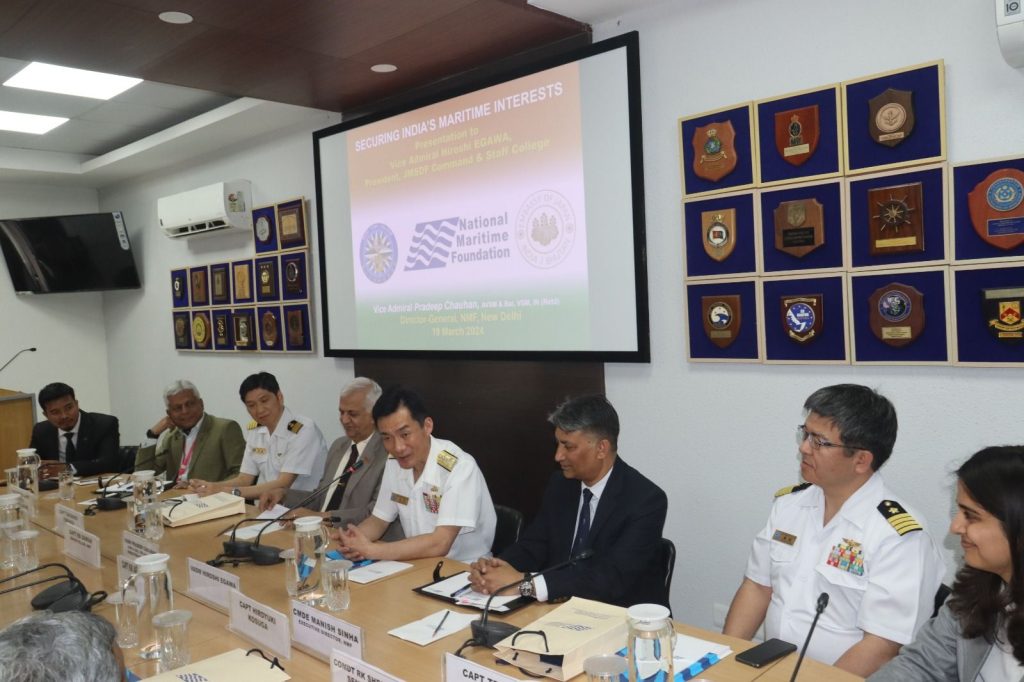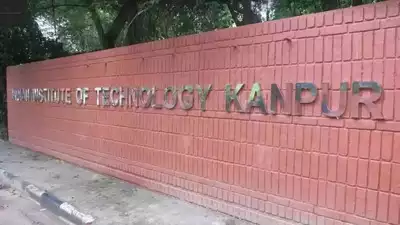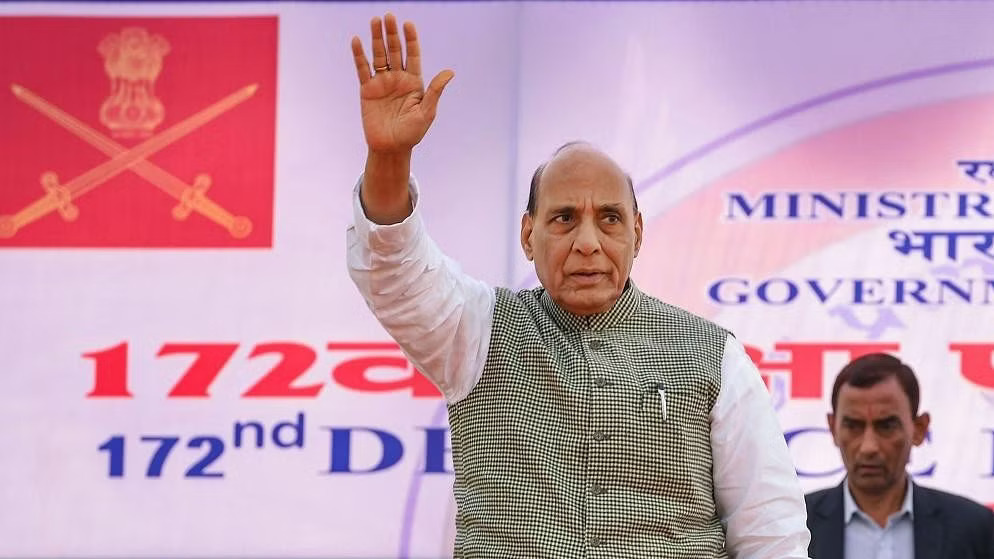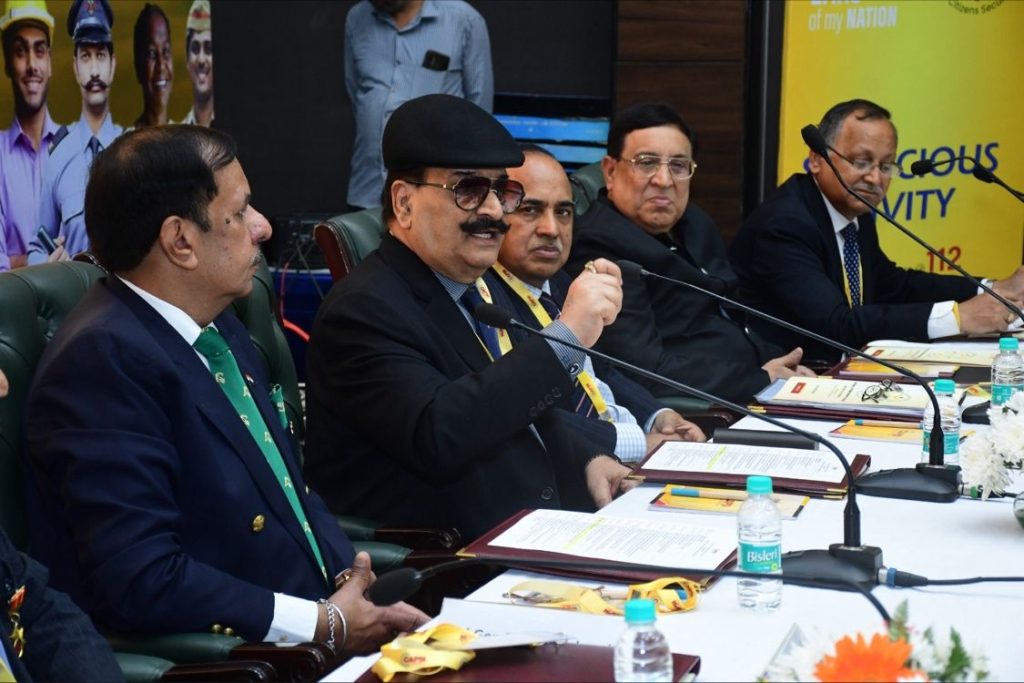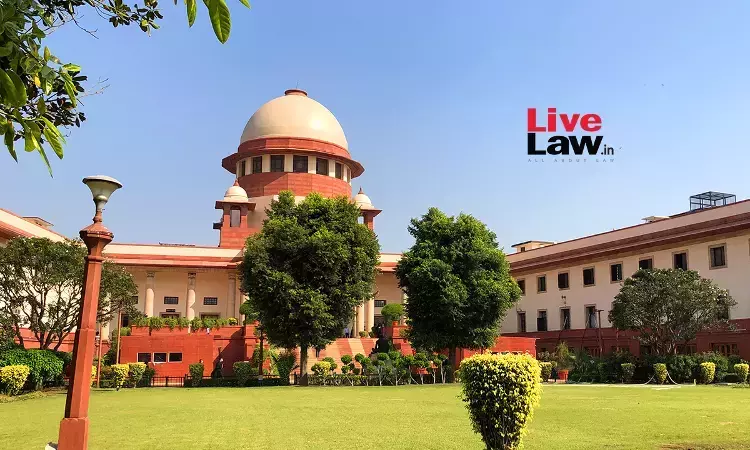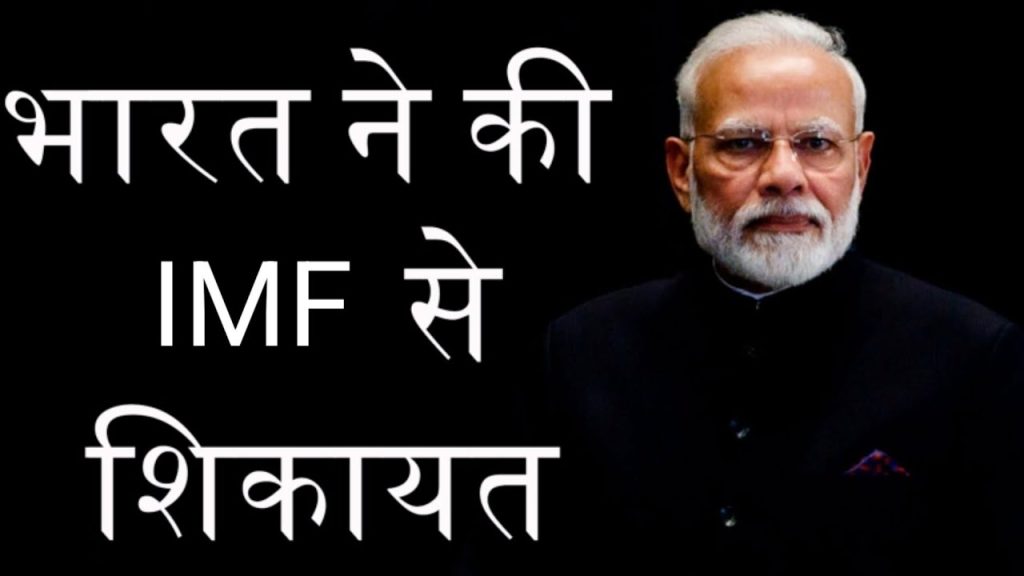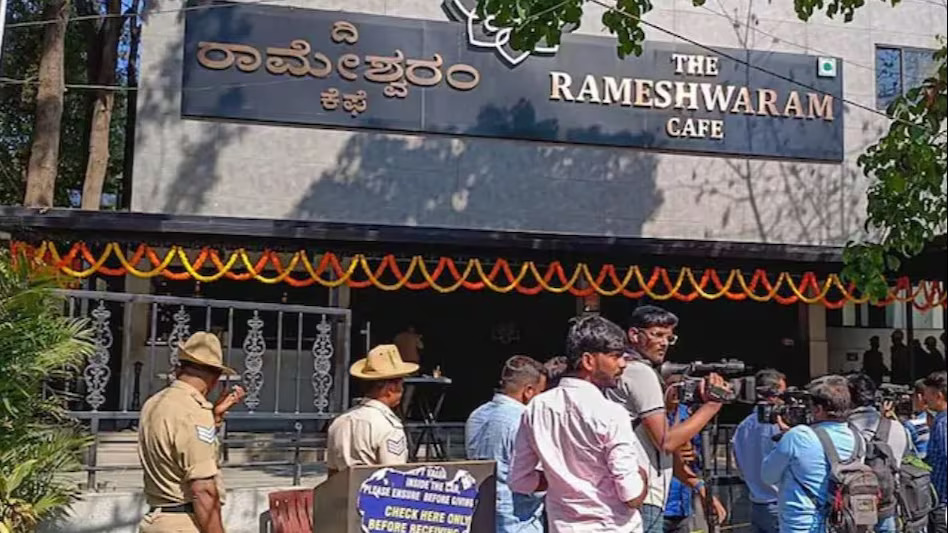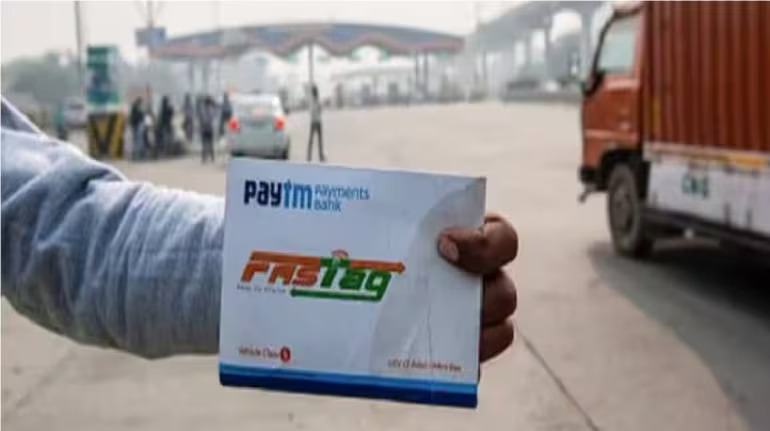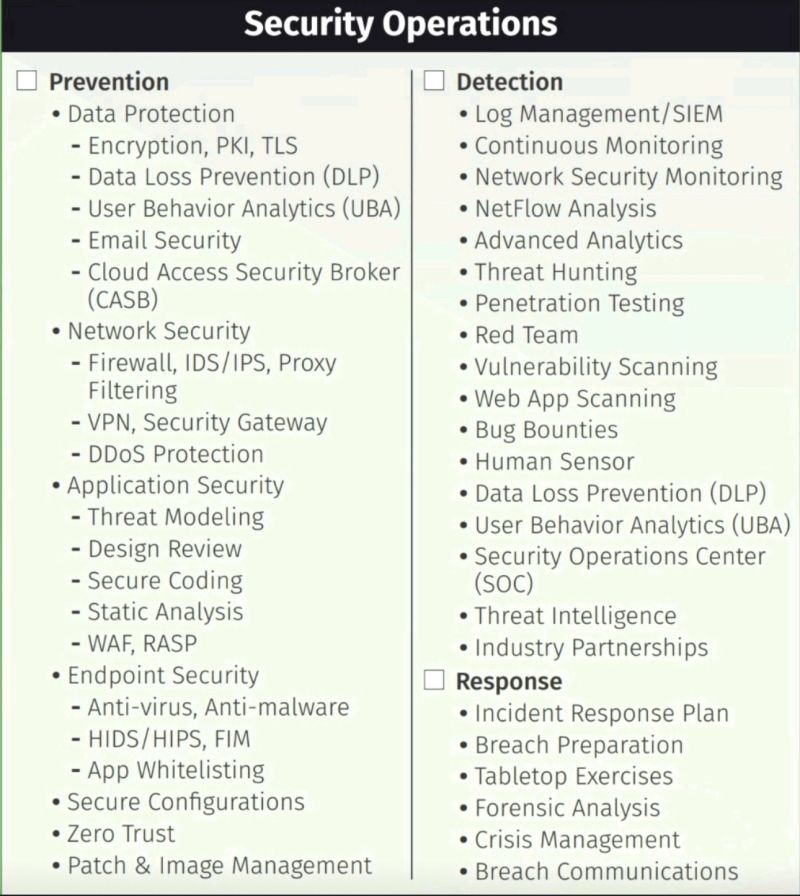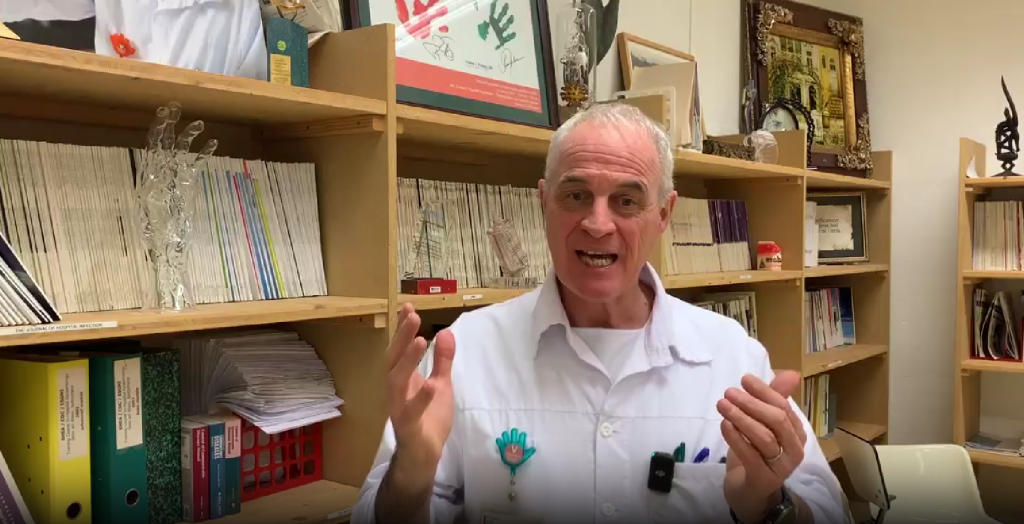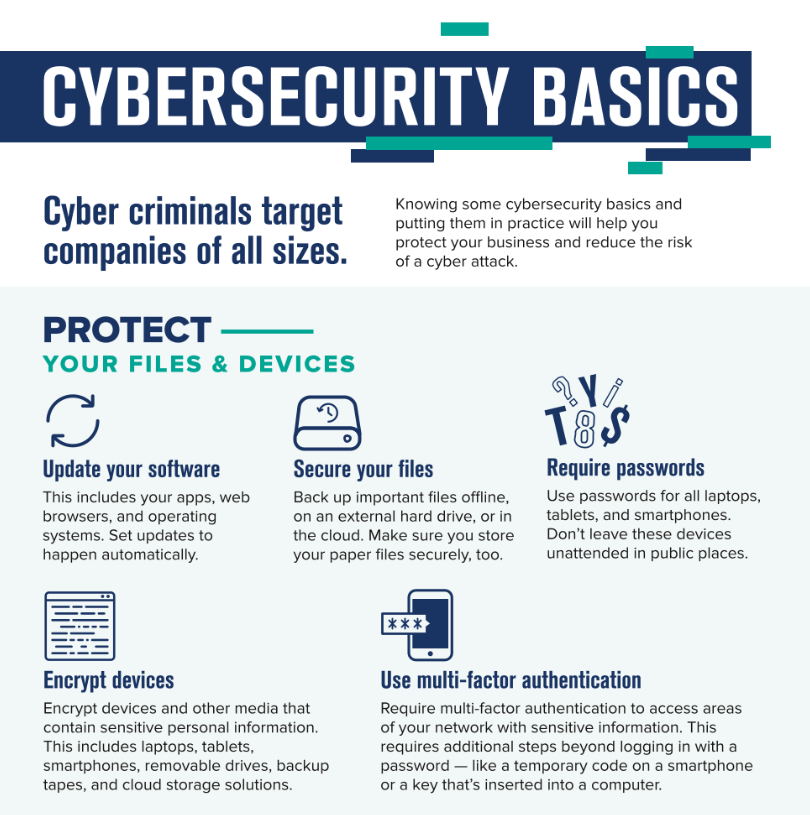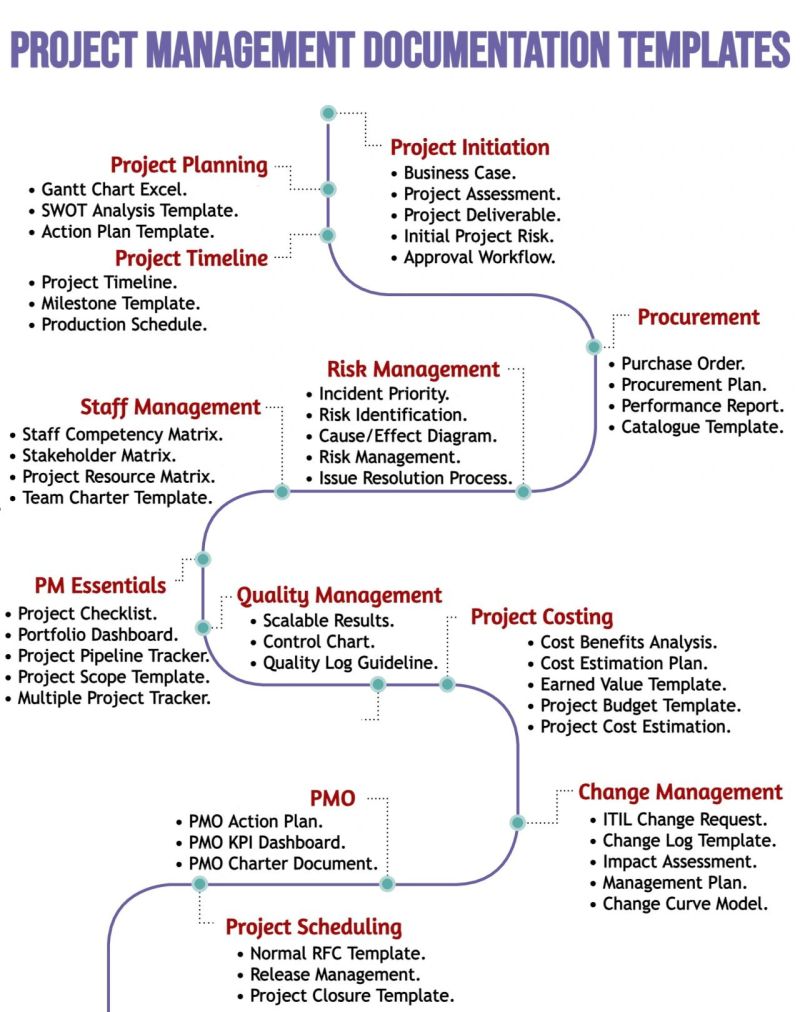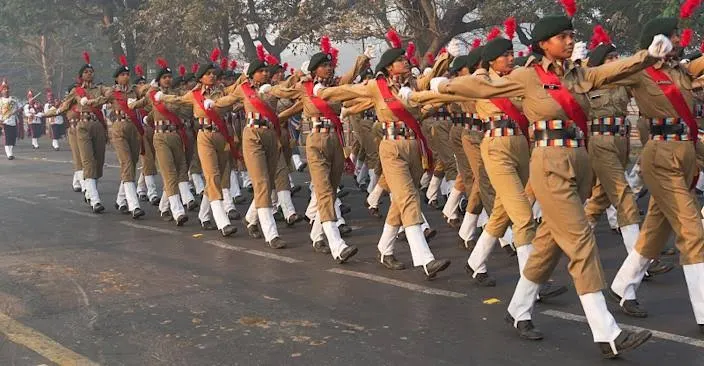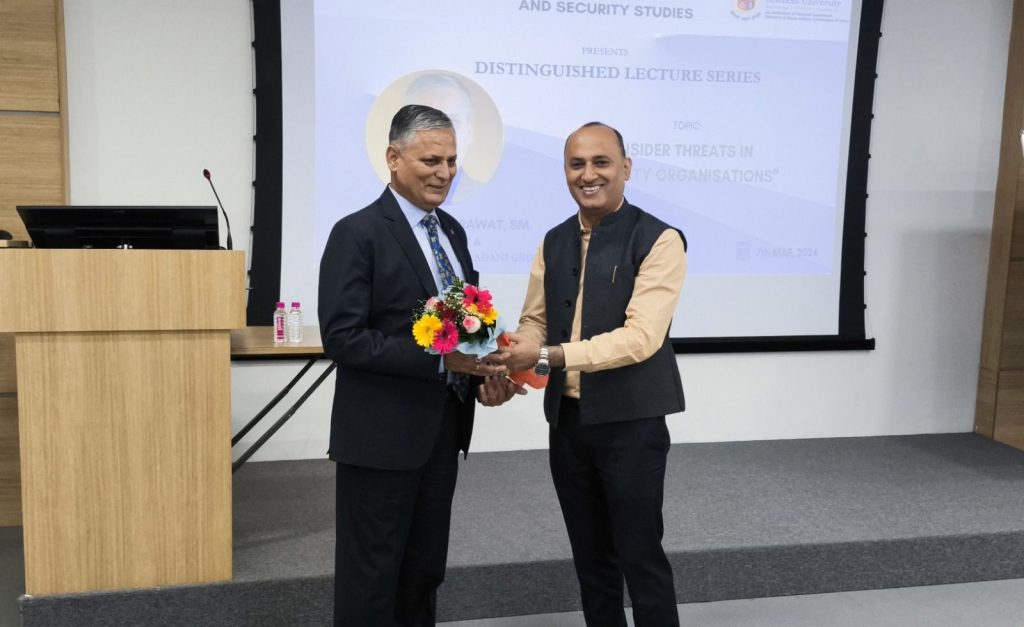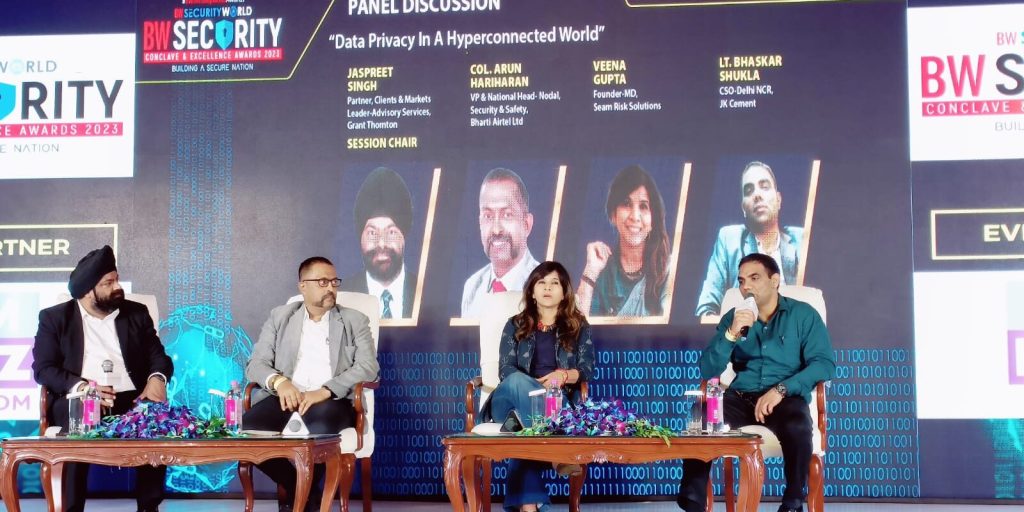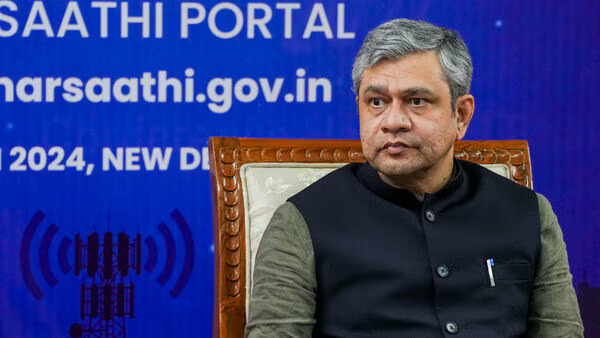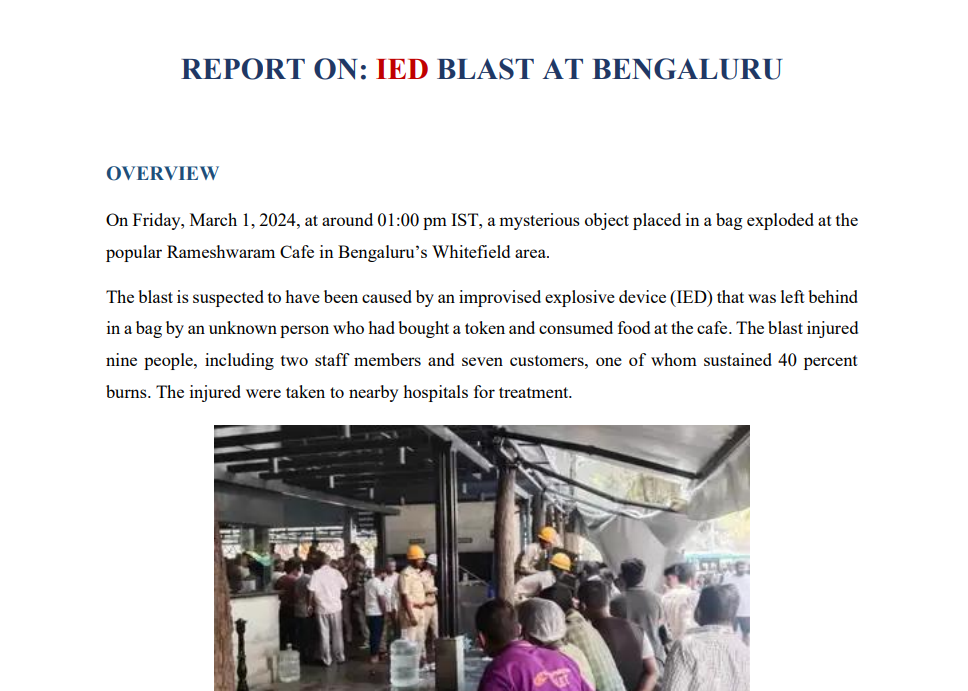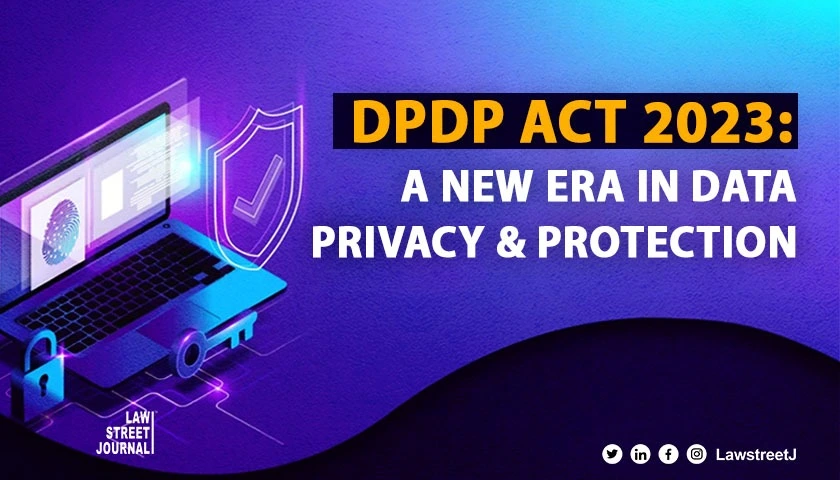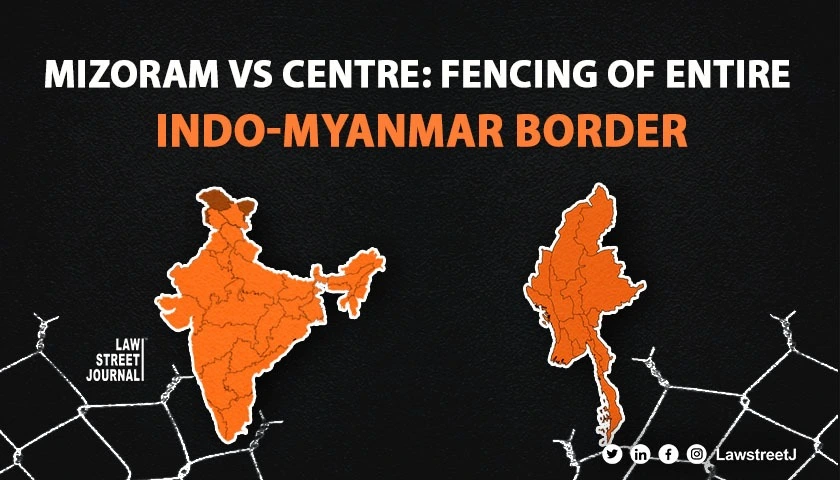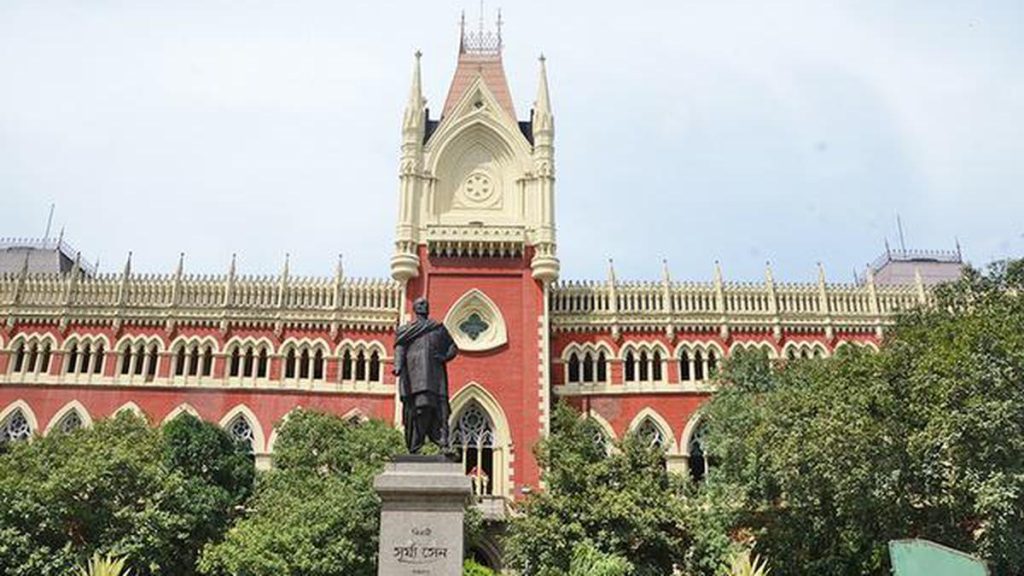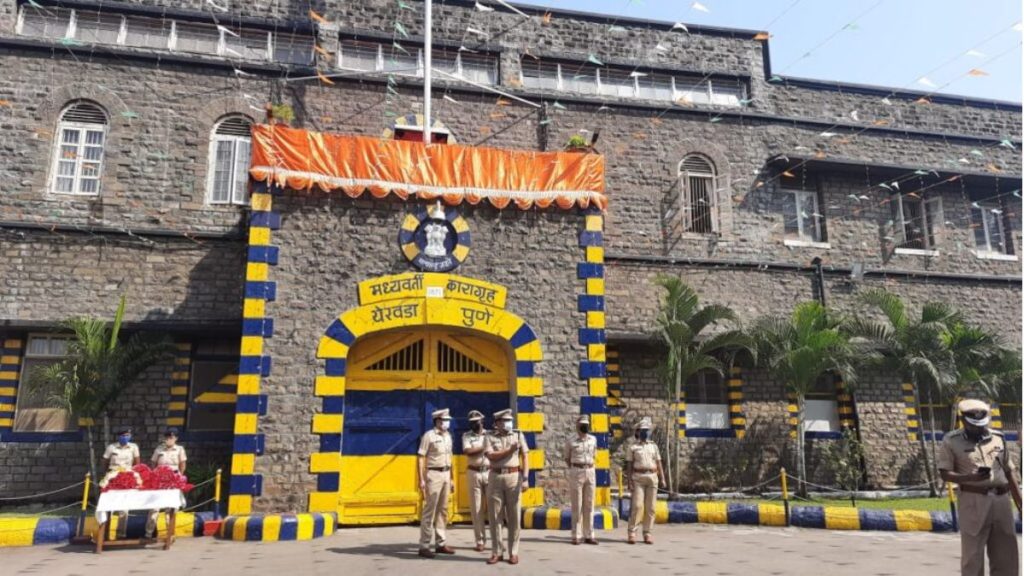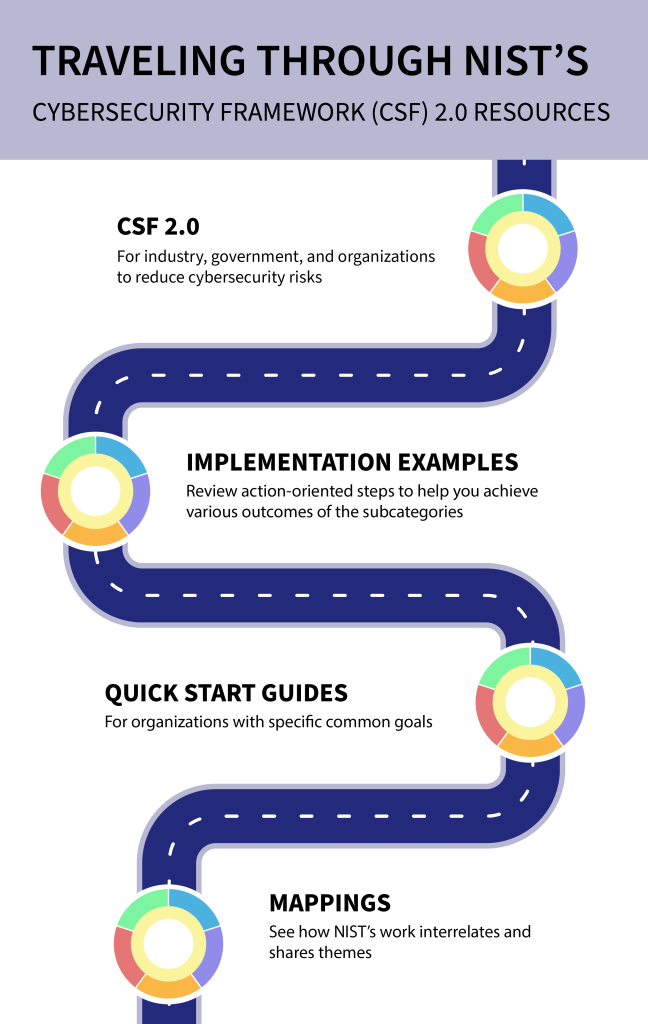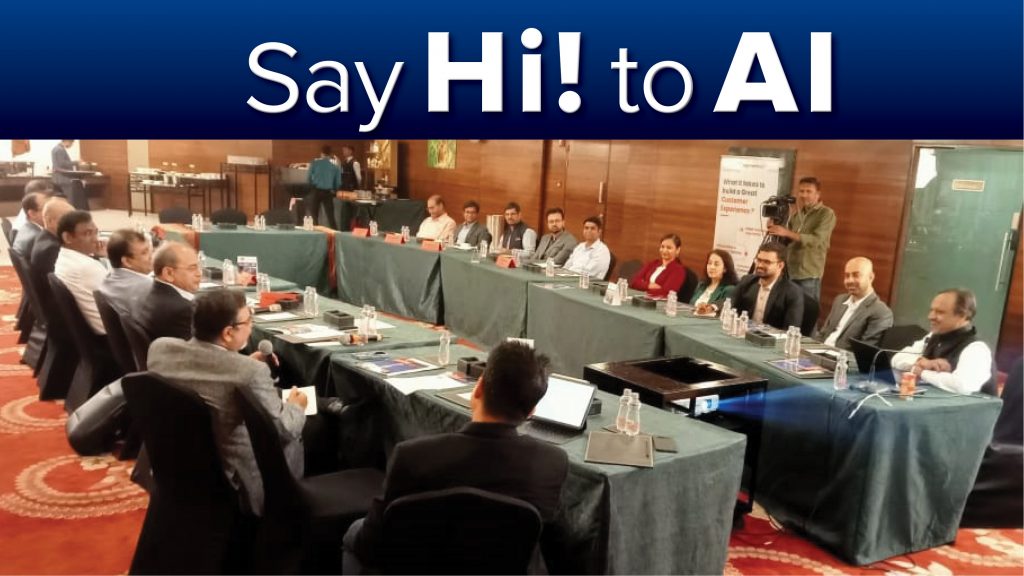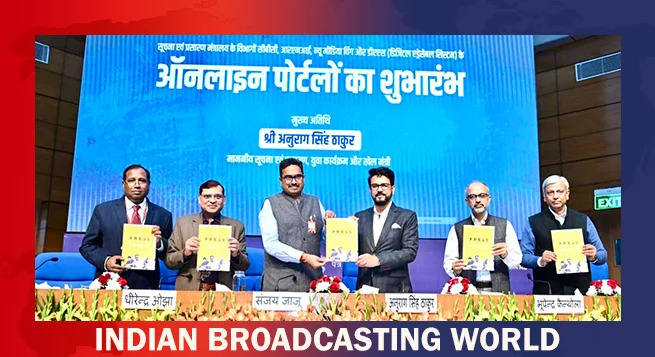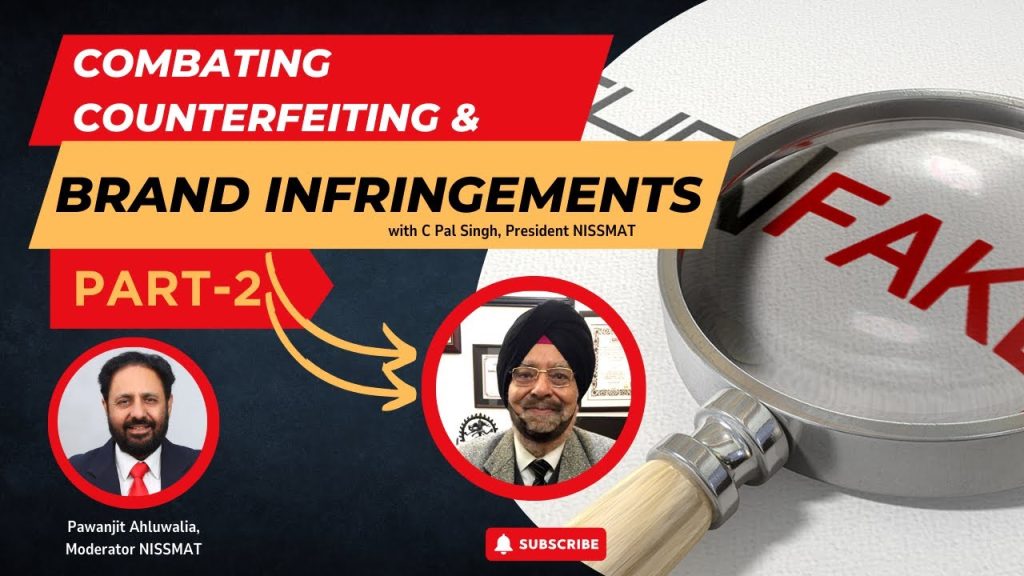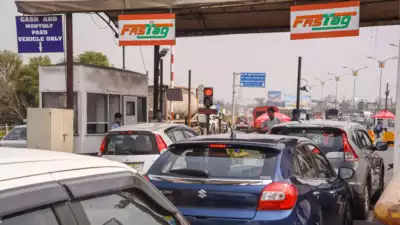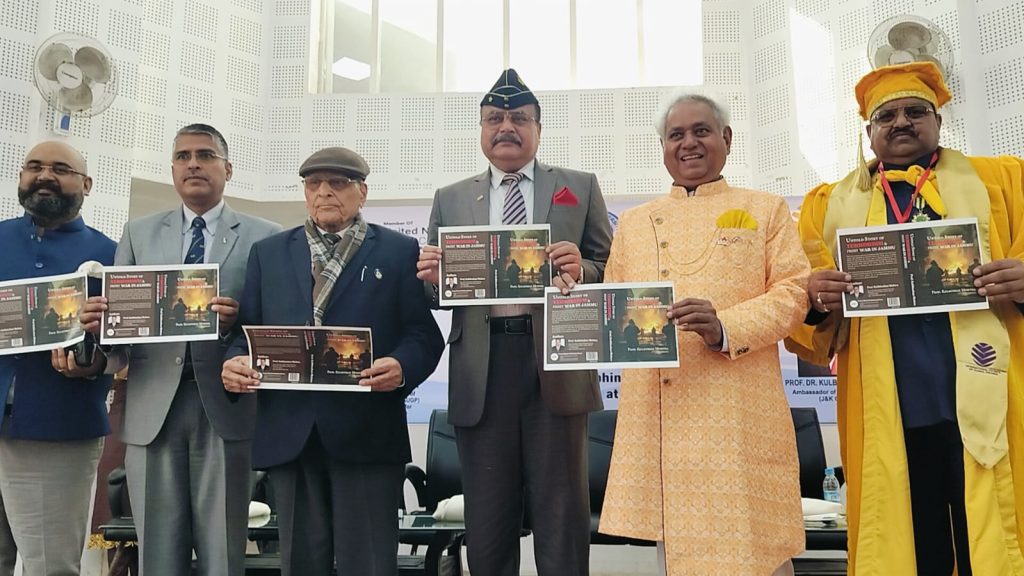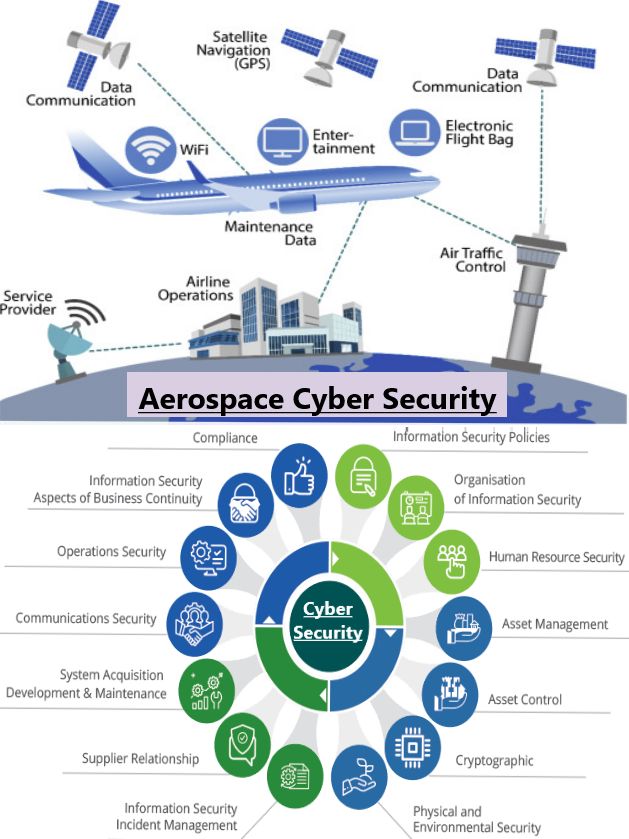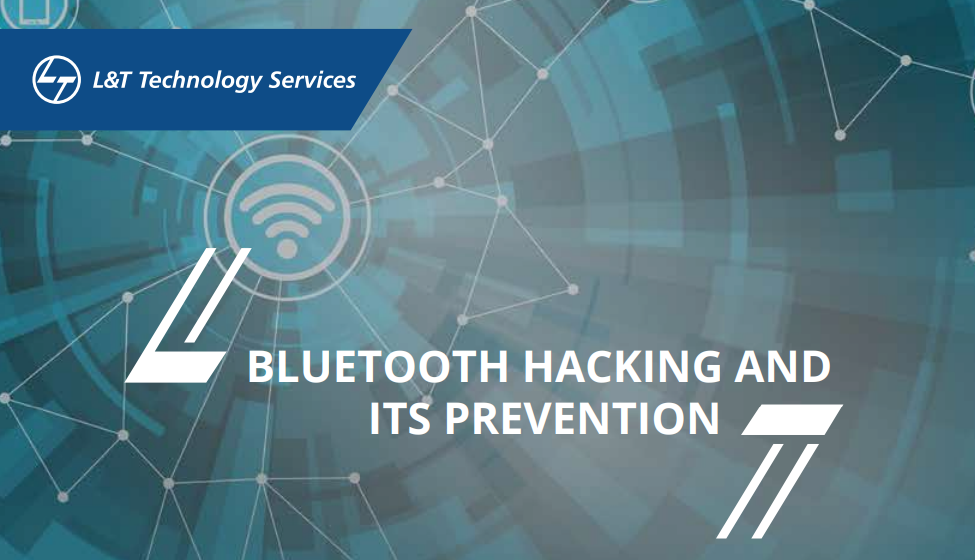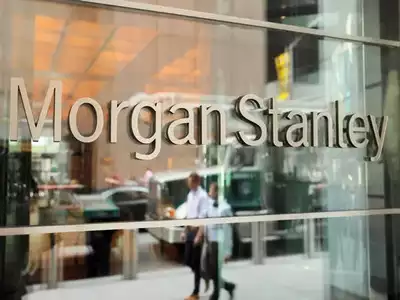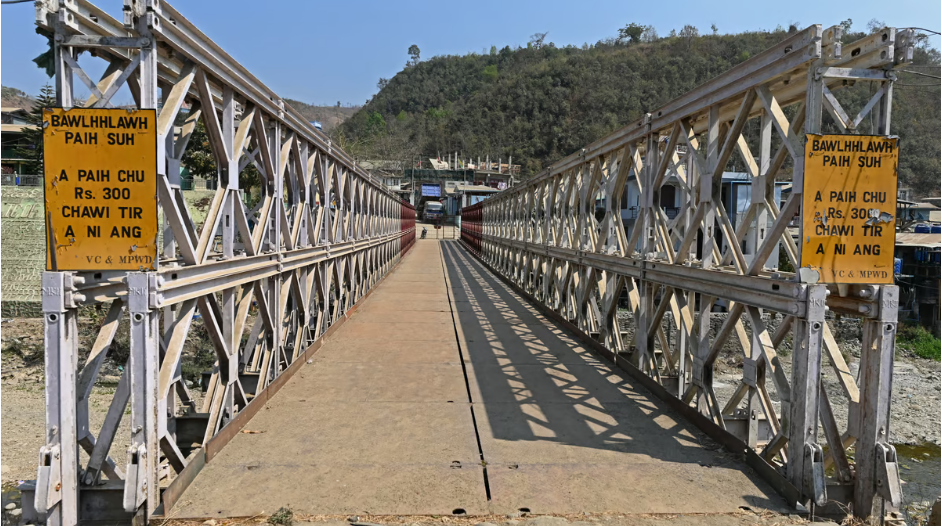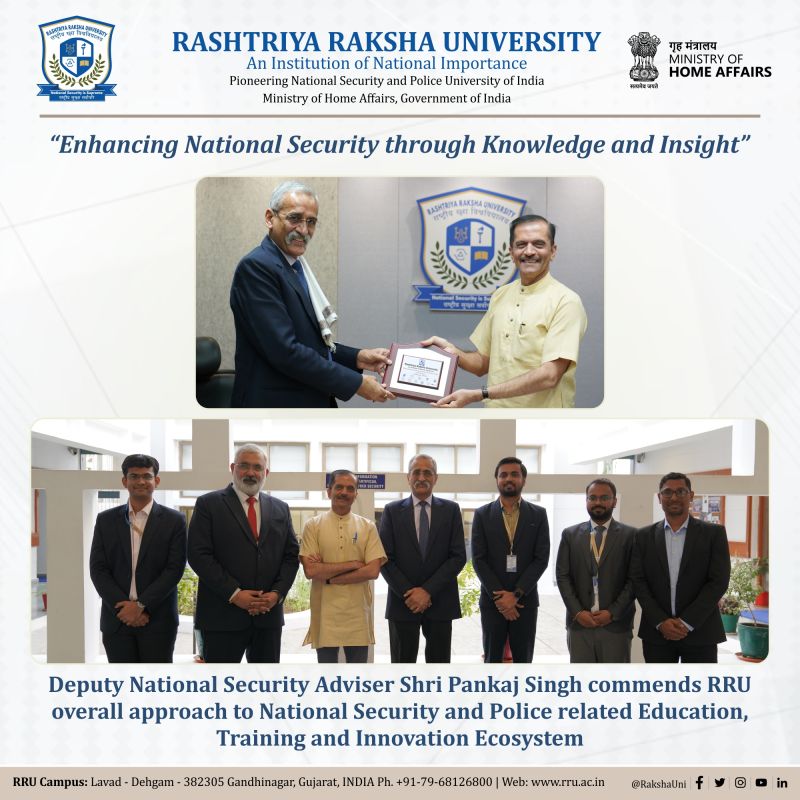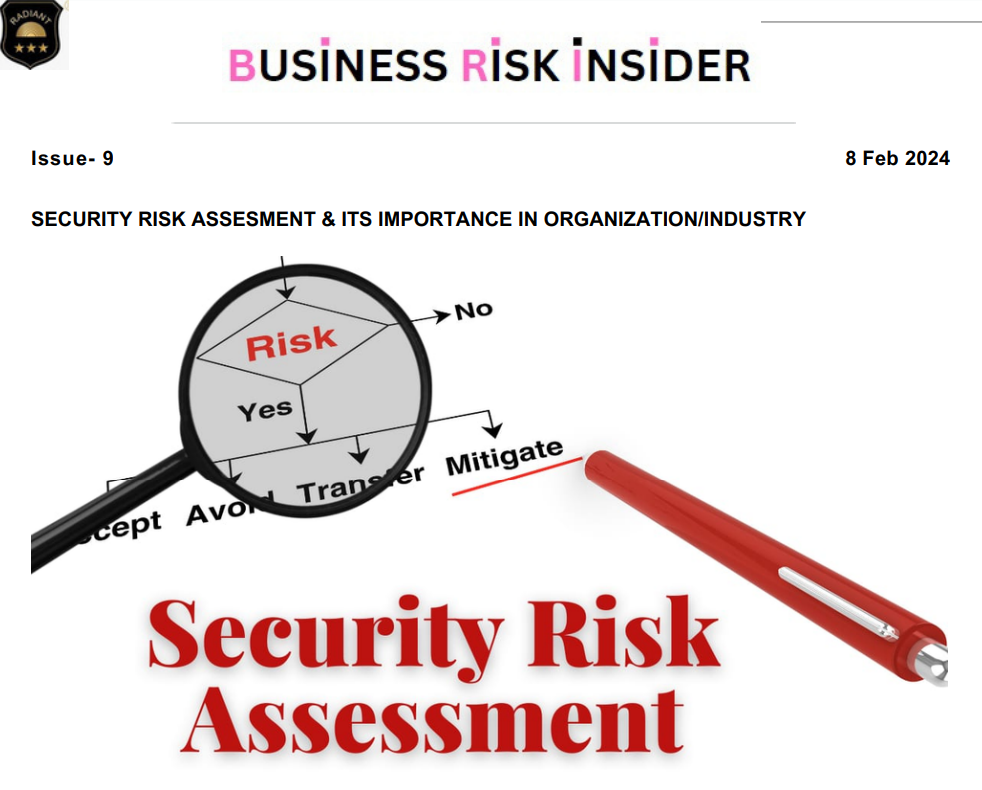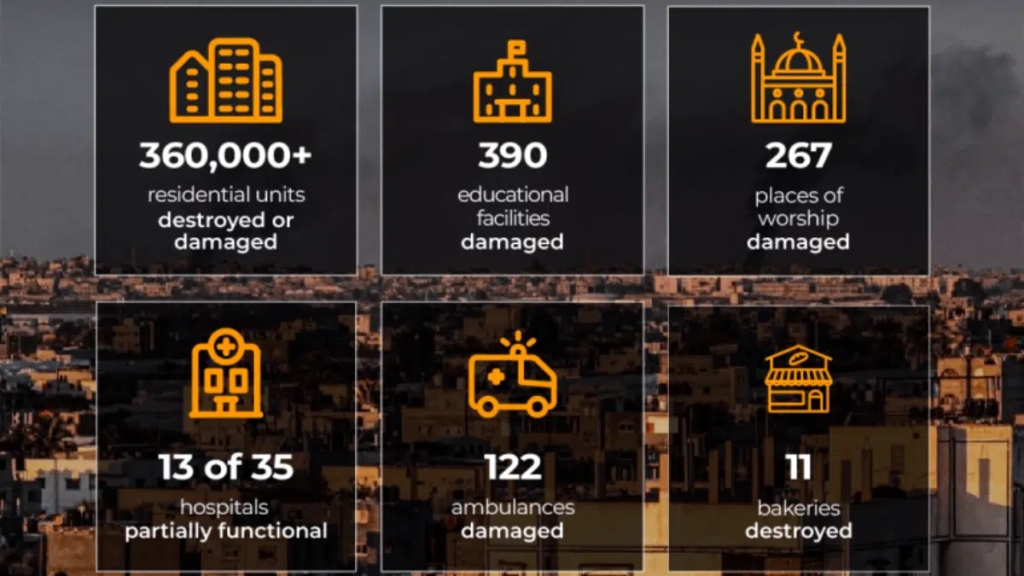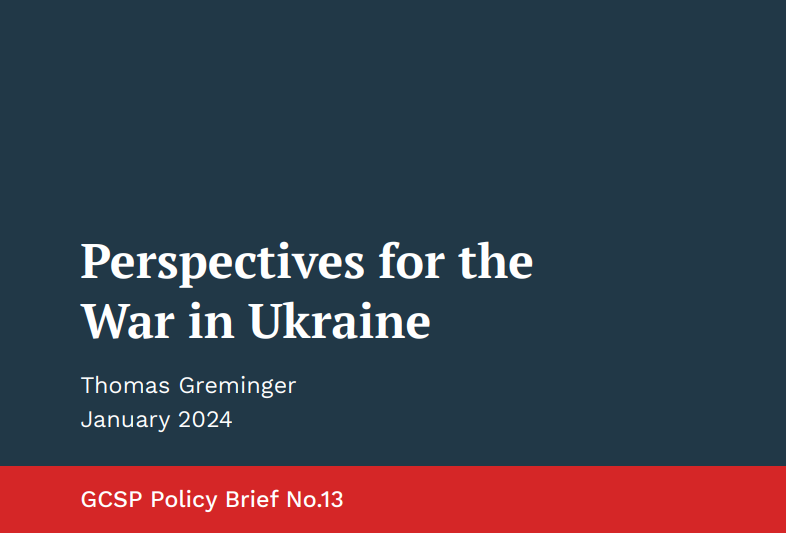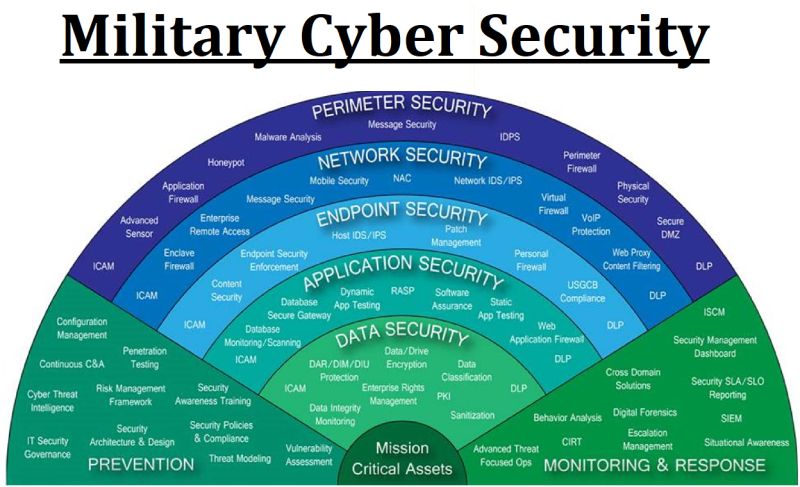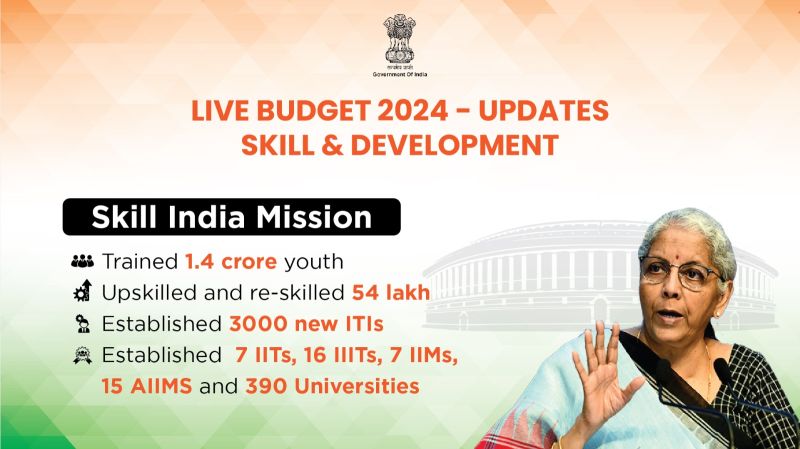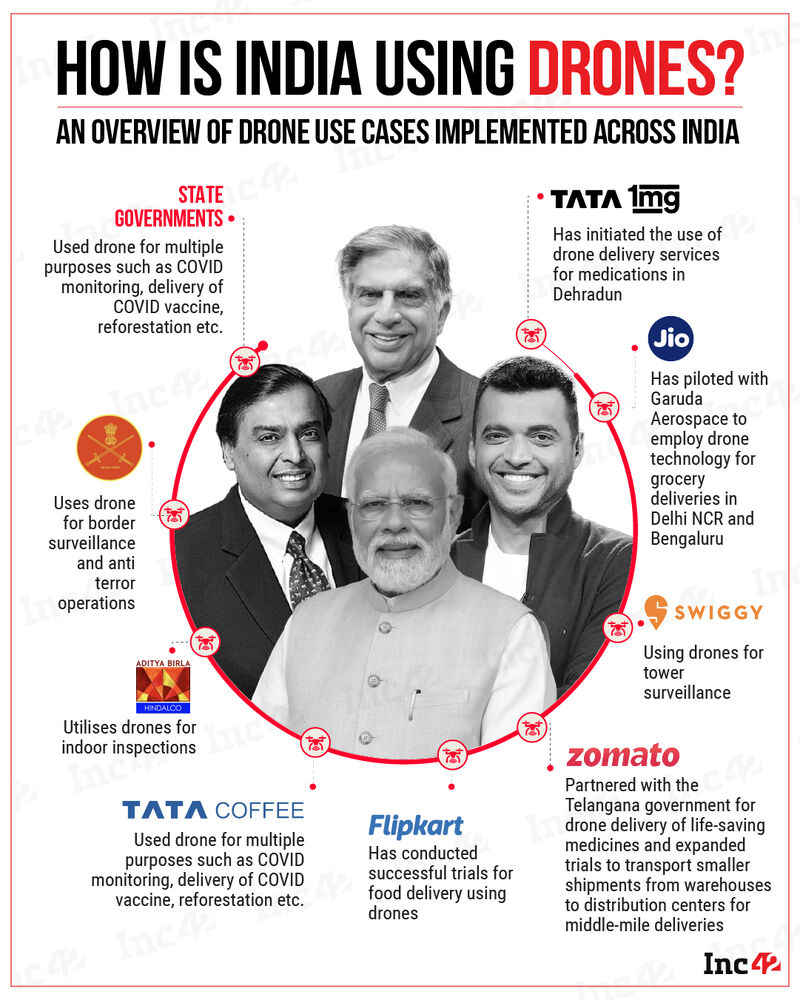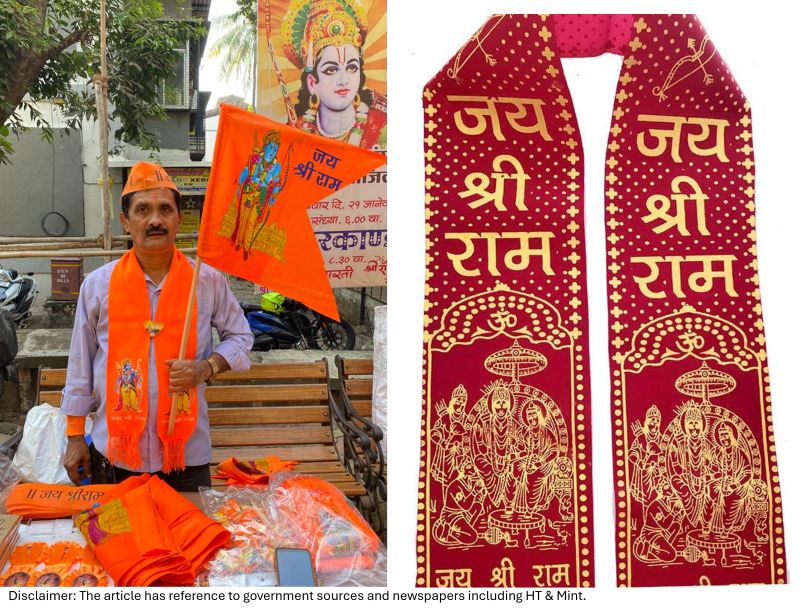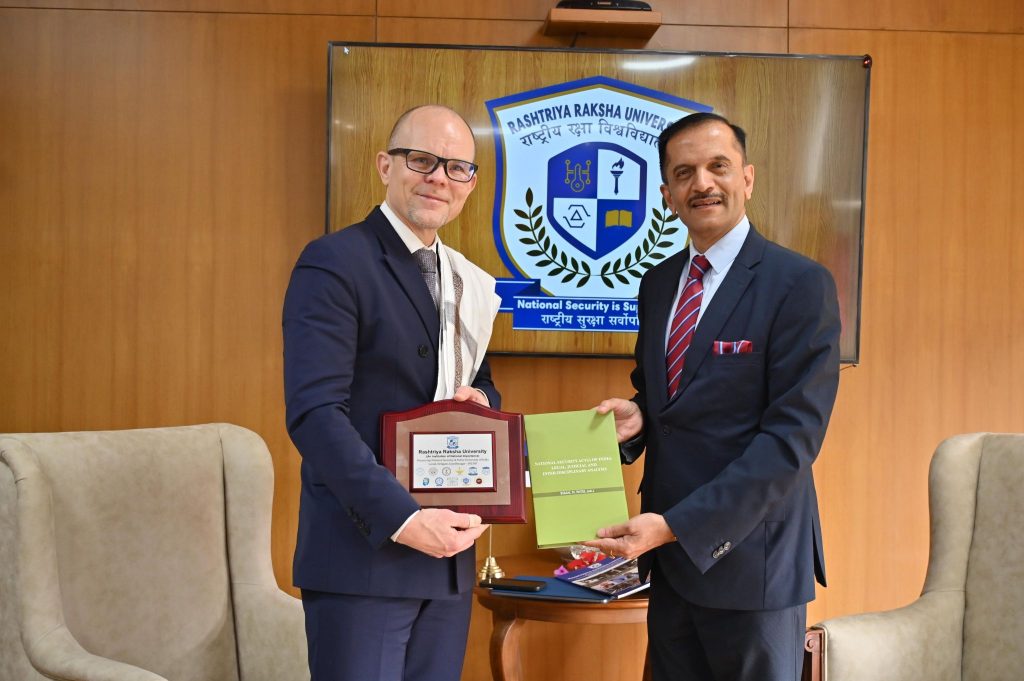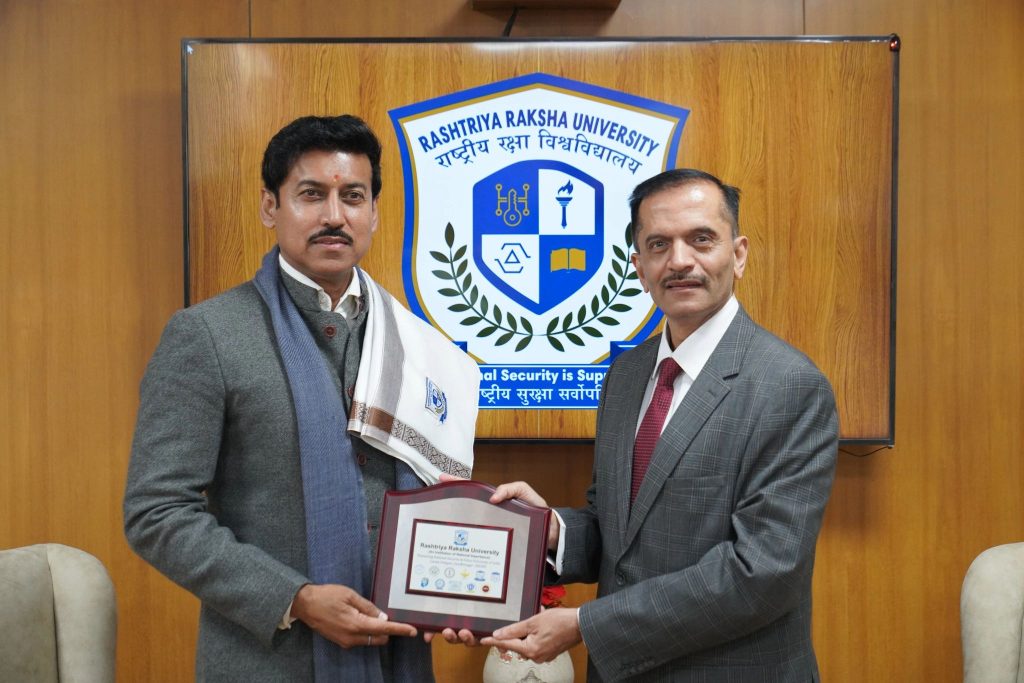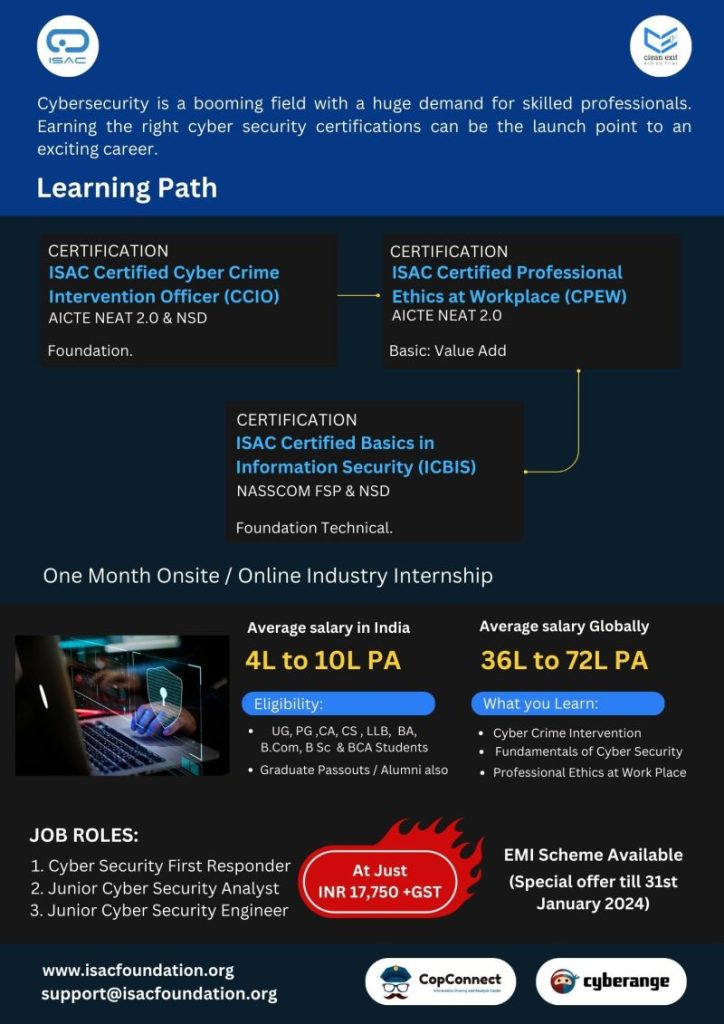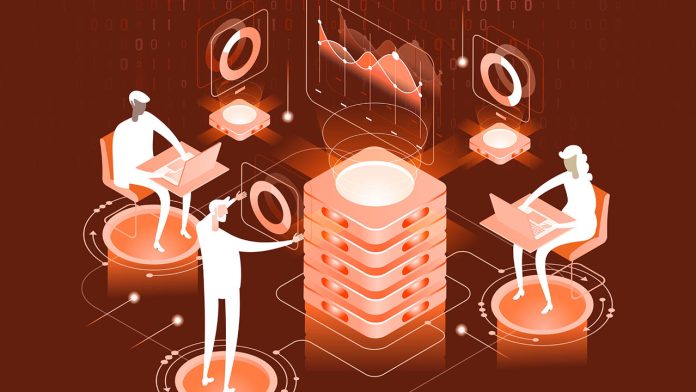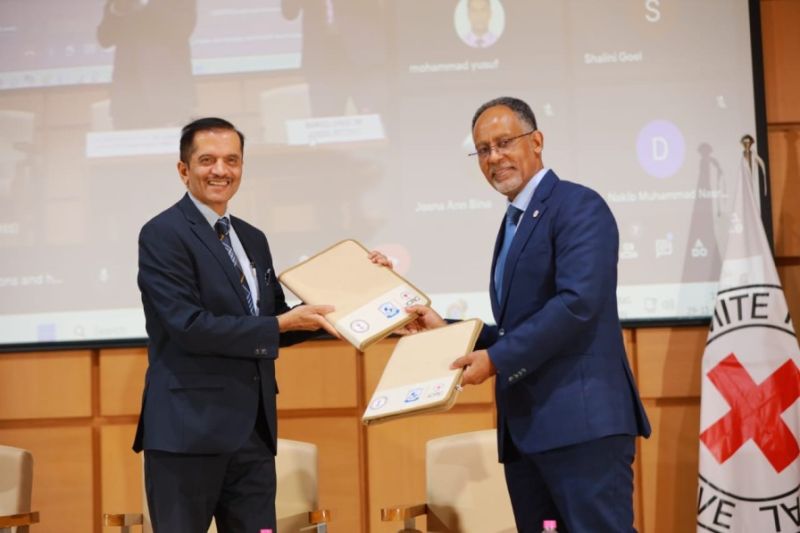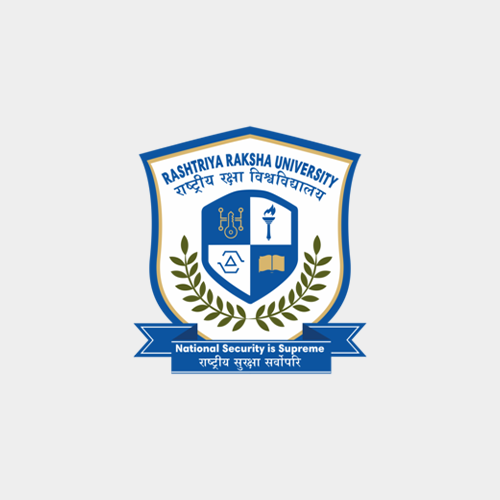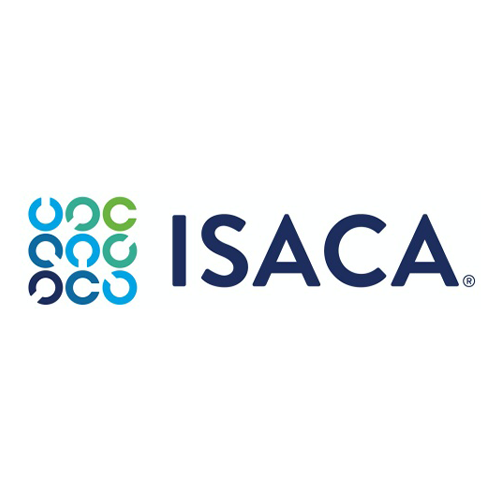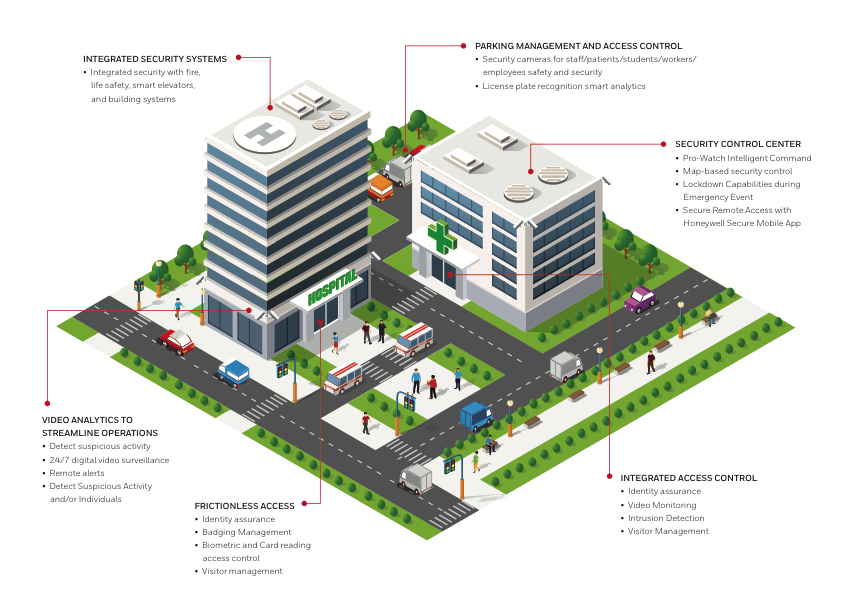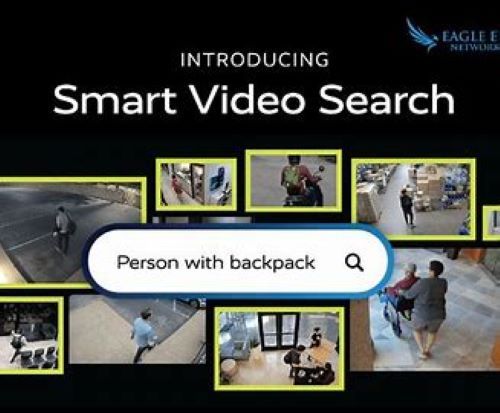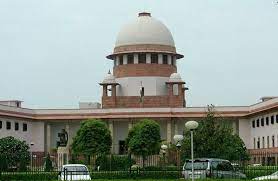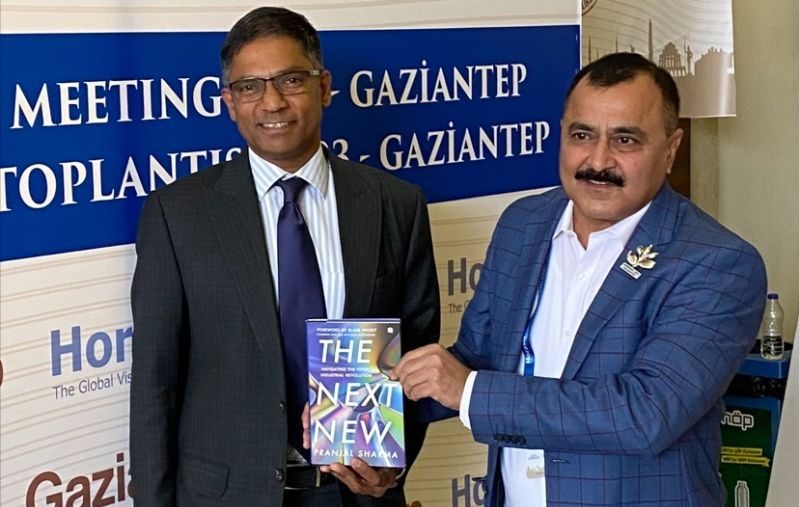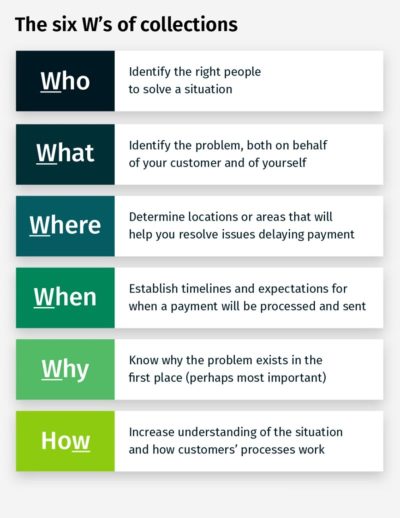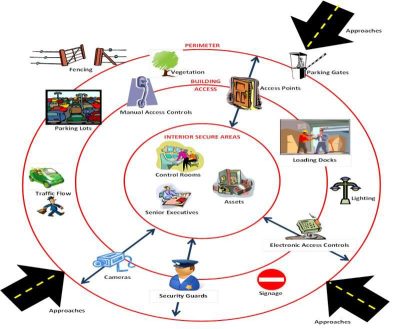SURAKSHIT BHARAT ABHIYAN; A SEQUEL TO SWACHH BHARAT ABHIYAN
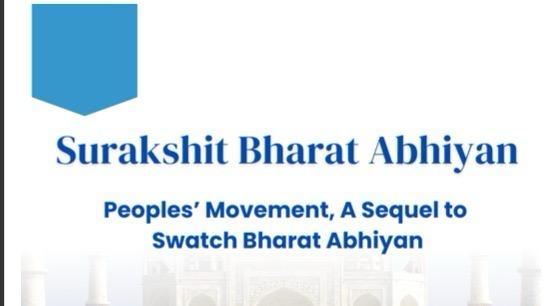
Cdr. Satyajit Roy. SecuritySkillsWorld.com. 11 October 2024.
Concepts
- Security & Loss Prevention Conscious Citizen of India
- Security And Loss Prevention Framework, India
- Gross Domestic Loss Prevention (GDLP) Index as the Alter Ego of Gross Domestic Production (GDP) Index of Bharat
|
The Surakshit Bharat Abhiyan (SBA) builds upon the successes of the Swachh Bharat Abhiyan (SBA), India’s flagship mission that transformed hygiene and sanitation across the nation. With the same focus on massive citizen participation, the Surakshit Bharat Abhiyan seeks to instill a culture of security and loss prevention in all aspects of life. It aspires to create a “surakshit” (secure) Bharat, making safety and prevention of losses a nationwide movement.
The movement promotes a proactive approach to security—whether it is physical, digital, or socio-economic—by empowering citizens to take responsibility for the security of their surroundings. Through education, awareness campaigns, and community-based interventions, the Surakshit Bharat Abhiyan brings together multiple stakeholders, including government agencies, private enterprises, and civil society, to create a robust ecosystem of safety and security.
The initiative, rooted in the belief that national security begins with citizen engagement, emphasizes:
- Citizen Vigilance: Individuals are encouraged to be the first line of defense in identifying security risks and reporting suspicious activities.
- Community Safety Networks: Community-based safety initiatives that foster cooperation between law enforcement and citizens to ensure a safer environment.
- Loss Prevention Awareness: Promoting the idea that every security lapse or loss has a cascading effect on national development. Citizens are made aware of their role in reducing waste, fraud, and safety breaches in their workplaces and homes.
- Education and Training: Through online platforms, on-ground workshops, and awareness campaigns, the Abhiyan focuses on teaching practical security measures that every citizen can implement in their daily lives.
Surakshit Bharat Abhiyan, as a shared responsibility, strives to make security consciousness an integral part of Indian society, thus supporting the nation’s sustainable development and economic growth.
The Security and Loss Prevention Framework (S&LP) is a strategic initiative designed to align India’s national security interests with its broader economic and sustainable development goals. Recognizing that unchecked losses; whether they stem from physical insecurity, cyber threats or economic frauds, have a significant impact on the nation’s Gross Domestic Product (GDP) Index, this white paper introduces a holistic approach to loss prevention.
This paper outlines the Security and Loss Prevention (S&LP) Framework designed to introduce a national-level strategy for Gross Domestic Loss Prevention (GDLP) Index in Bharat as a parallel to GDP, with the idea that preventing losses at every level of society directly contributes to national growth. By integrating advanced security technologies with community-driven initiatives, the framework proposes a multi-layered approach that encompasses physical security, digital protection and socio-economic resilience. The proposal argues that implementing the S&LP framework can significantly enhance the country’s economic performance by addressing inefficiencies and preventing losses, measured by the GDLP Index, contributing to Bharat’s long-term growth and its ambition to achieve Viksit Bharat 2047.
Furthermore, the paper presents the Surakshit Bharat Abhiyan (SBA), a people-centric movement that builds on the success of the Swachh Bharat Abhiyan. SBA emphasizes citizen participation in making India a more secure and vigilant nation. This “People’s Movement” aims to instill security awareness at all levels; households, workplaces and public spaces, thus contributing to India’s national security framework.
The movement promotes a proactive approach to security, whether it is physical, digital or socio-economic, by empowering citizens to take responsibility for the security of their surroundings. Through education, awareness campaigns and community-based interventions, the Surakshit Bharat Abhiyan brings together multiple stakeholders, including government agencies, private enterprises, and civil society, to create a robust ecosystem of safety and security.
The initiative, rooted in the belief that national security begins with citizen engagement, emphasizes:
- Citizen Vigilance: Individuals are encouraged to be the first line of defense in identifying security risks and reporting suspicious activities.
- Community Safety Networks: Community-based safety initiatives that foster cooperation between law enforcement and citizens to ensure a safer environment.
- Loss Prevention Awareness: Promoting the idea that every security lapse or loss has a cascading effect on national development. Citizens are made aware of their role in reducing waste, fraud, and safety breaches in their workplaces and homes.
- Education and Training: Through online platforms, on-ground workshops and awareness campaigns, the Abhiyan focuses on teaching practical security measures that every citizen can implement in their daily lives.
By framing national security as a shared responsibility, the Surakshit Bharat Abhiyan strives to make security consciousness an integral part of Indian society, thus supporting the nation’s sustainable development and economic growth.
Key highlights of the paper include:
- GDLP vs. GDP. While GDP measures economic growth, it does not account for losses and inefficiencies that drag down economic performance. The GDLP index is proposed as a counterpart to measure and mitigate these losses, helping expand GDP by an aspirational 1% or more when fully implemented.
- Security and Loss Prevention (S&LP) Framework. The proposed framework is aimed at preventing losses by creating a security-conscious society. This initiative will involve multiple stakeholders, including individuals, corporations, communities and government bodies, working together to proactively identify risks and disruptions thereby mitigate anticipated losses.
- Recent Incidents and the Need for S&LP. The proposal emphasizes the importance of loss prevention by learning from recent incidents such as sabotage attempts on railway tracks and the unplanned release of excess water from the DVC reservoir, which caused immense damage. These examples illustrate the critical need for a proactive approach to citizen driven initiatives towards loss prevention.
- GDLP Credits. A key feature of the framework is the introduction of GDLP Credits, which would incentivize individuals, corporations and communities to participate in loss prevention efforts. Modeled after carbon credits, this system would reward proactive measures that contribute to national economic robustness and resilience.
- National-Level Implementation: The proposal includes a phased implementation timeline, with short-term (2024-2029) and long-term (2030-2047) milestones. It calls for the establishment of a dedicated S&LP Cell under the Ministry of Home Affairs (MHA), which will coordinate with various ministries, state governments and key stakeholders to ensure successful implementation.
- Technological Integration: The framework will leverage digital platforms, real-time monitoring systems and AI-driven analytics to enhance surveillance, risk detection and response. Collaboration between people, public and private sectors will be crucial in driving the technological backbone of the framework.
- Public Awareness and Participation: Central to the success of the S&LP framework is public involvement. The proposal outlines plans for national awareness campaigns and the establishment of public reporting mechanisms, encouraging citizens to actively participate in loss prevention.
Surakshit Bharat Abhiyan through the S&LP Framework can bolster Bharat’s resolve to secure its infrastructure, prevent losses and enhance its economic resilience. This framework is not only crucial for achieving sustained GDP growth above 8% but also for safeguarding Bharat’s future as a global leader.

Why Surakshit Bharat Abhiyan Is A Sequel To Swachh Bharat Abhiyan
Focus on Citizen Participation in this “People’s Movement”
| Swachh Bharat Abhiyan (SBA) | Surakshit Bharat Abhiyan (SBA) |
| How It Started | |
| Launched in 2014, this campaign focused on improving sanitation and hygiene across India, driven by mass public participation to eliminate open defecation and improve waste management. | This new initiative, also known as the Security and Loss Prevention (S&LP) Framework, is designed to enhance national security and economic growth by preventing losses across various sectors (economic, social, environmental). This is in line with the government’s larger objective of achieving “Viksit Bharat @ 2047.” |
| Scope | |
| Primarily focused on sanitation and cleanliness, targeting public health and hygiene by eliminating unsanitary practices like open defecation and improving urban and rural sanitation infrastructure. | A broader initiative focusing on national-level security and loss prevention. It encompasses multiple sectors like infrastructure, corporate environments, environmental risks, and social assets. Its aim is to prevent losses and inefficiencies that hinder GDP growth, establishing a “Gross Domestic Loss Prevention (GDLP)” metric alongside GDP. |
| Key Objectives | |
| Aims to provide universal access to toilets, improve sanitation facilities, and promote behavioral change toward hygiene, contributing to better public health outcomes. | Aims to create a security-conscious society and safeguard national resources by proactively preventing losses. This is not only about economic growth but also about preserving the country’s infrastructure, reducing risks from sabotage, and preventing environmental disasters. |
| Public Participation as a ‘People’s Movement’ | |
| Widely regarded as a people’s movement, this campaign empowered citizens to take charge of cleanliness in their surroundings, encouraging community-based actions and individual responsibility for sanitation. The success of the initiative was largely due to mass participation, with millions of people involved in cleanliness drives and awareness programs. | Similarly, this initiative requires active public involvement to succeed. The framework aims to make every citizen a stakeholder in national security and economic resilience, where they proactively report risks, participate in loss prevention measures, and adopt practices that safeguard community assets. This would create a nationwide culture of responsible citizenship in loss prevention. |
| Importance of Citizen Engagement | |
| Citizens were central to the movement’s success, as government efforts alone couldn’t have achieved the desired results. It empowered citizens to lead cleanliness campaigns, turning them into agents of change in their local communities. | The involvement of citizens is even more critical here. Preventing losses—whether economic, environmental, or infrastructural—requires vigilance, responsibility, and action from every individual. By fostering a culture of loss prevention, citizens can actively contribute to building a more secure, resilient Bharat, ensuring long-term prosperity and safety for all. Public participation can help identify risks early, mitigate losses, and strengthen national security, much like the impact of Swachh Bharat on public health. |
| Implementation Framework and Participation Mechanisms | |
| Implemented through local bodies, government schemes, and citizen-driven campaigns. Participation was encouraged through cleanliness drives, public events, and mass media campaigns that raised awareness about sanitation. | This framework envisions national-level campaigns to raise public awareness about loss prevention. Public reporting mechanisms will be put in place, allowing citizens to actively report risks, threats, or losses, similar to how people report cleanliness issues. Through digital platforms, AI-driven risk detection systems, and real-time monitoring, the citizens will play a central role in surveillance and reporting. GDLP Credits (modeled after carbon credits) will be introduced to incentivize proactive citizen efforts in loss prevention, offering financial or social recognition to participants. |
| Technological Integration | |
| Leveraged social media campaigns and digital reporting mechanisms for transparency and accountability. | Focuses heavily on digital integration with real-time surveillance, AI-based risk detection, and data analytics to track and mitigate potential losses. This represents a step further in leveraging technology for national development goals. |
| Alignment with National Goals | |
| Contributed directly to improving public health, which indirectly boosts the workforce’s productivity and economic performance. | Directly aligns with “Viksit Bharat @ 2047” by preventing national losses and inefficiencies. It supports Bharat’s long-term ambition of achieving the United Nations’ Sustainable Development Goals (SDGs), ensuring both economic resilience and national security. |
| Cultural Shift Towards a Security-Conscious Society | |
| Aimed to create a long-lasting behavioral change in society toward cleanliness, instilling pride in maintaining hygienic public spaces. | Similarly aims to create a cultural shift where loss prevention becomes an integral part of society’s mindset. By promoting individual responsibility for national assets and economic security, this movement will foster a security-conscious culture where citizens take pride in their contribution to national resilience and sustainability. |
| Incentivizing Citizen Action | |
| Incentivized through recognition programs for the cleanest cities, individuals, and organizations. Promoted participation through recognition and awards for clean cities and regions. | Introduces the concept of GDLP Credits, modeled after carbon credits, which would incentivize individuals, corporations, and communities to proactively engage in loss prevention efforts, contributing to national security and economic stability. This incentive structure will encourage widespread adoption of the program, driving a sense of ownership and pride in national security efforts. |
| Benefits to the Viksit Bharat @ 2047 National Objective | |
| The movement contributed to the larger vision of a healthy, clean, and globally competitive India, with improved public health leading to a more productive and capable workforce. By enhancing cleanliness and public health, it ensures a healthier population, leading to a more productive and globally competitive workforce. | By actively engaging citizens in loss prevention, the initiative will significantly contribute to achieving Viksit Bharat @ 2047. It will help create a secure and economically resilient Bharat, driving GDP growth through the Gross Domestic Loss Prevention (GDLP) index, reducing risks, and safeguarding the nation’s assets. Involvement in this movement will make citizens not just beneficiaries but active contributors to the country’s development and prosperity. By focusing on loss prevention and security, this framework can unlock significant GDP growth potential. The initiative can safeguard the country’s assets, prevent value subtractions, and contribute to making India a more resilient and economically robust nation by 2047. |
Both Swachh Bharat and Surakshit Bharat have people at their core, transforming citizens into active participants in shaping the nation’s future. While Swachh Bharat focused on cleanliness and public health, Surakshit Bharat takes a broader approach by focusing on security and loss prevention, with public involvement being crucial for its success. By empowering citizens to take responsibility for safeguarding national assets, preventing losses, and ensuring a secure future, Surakshit Bharat Abhiyan aligns with the vision of Viksit Bharat @ 2047, ensuring sustainable and inclusive growth for the nation

 Member Login
Member Login 



